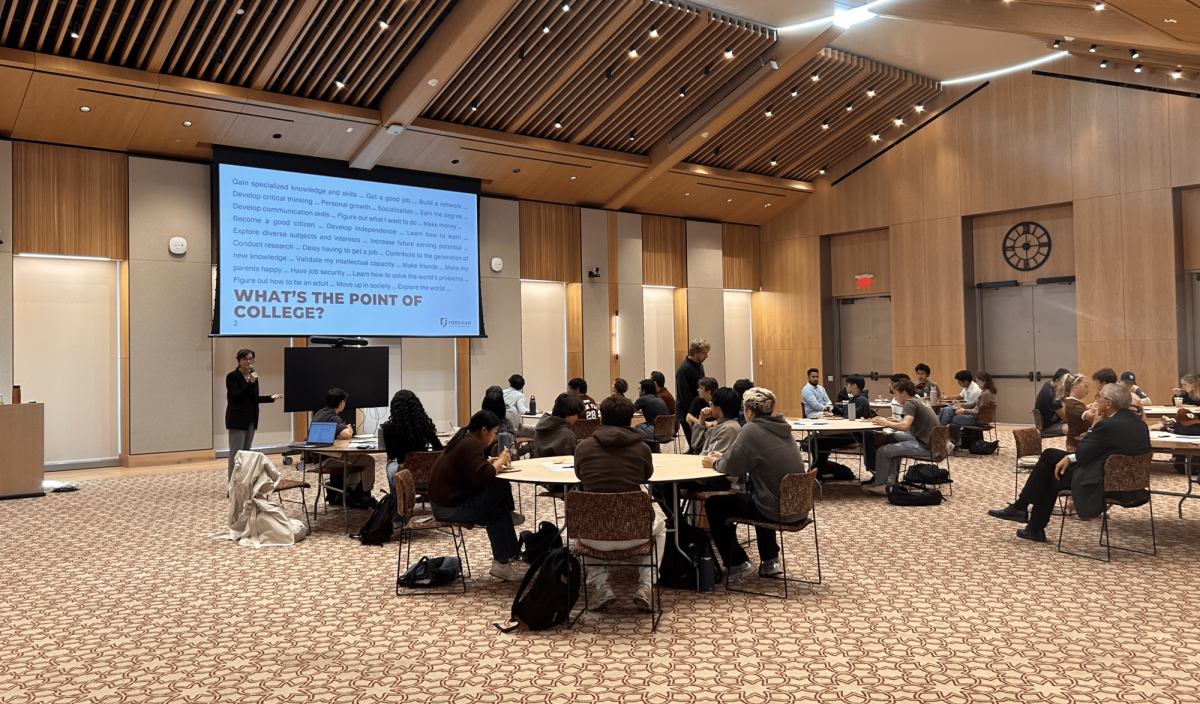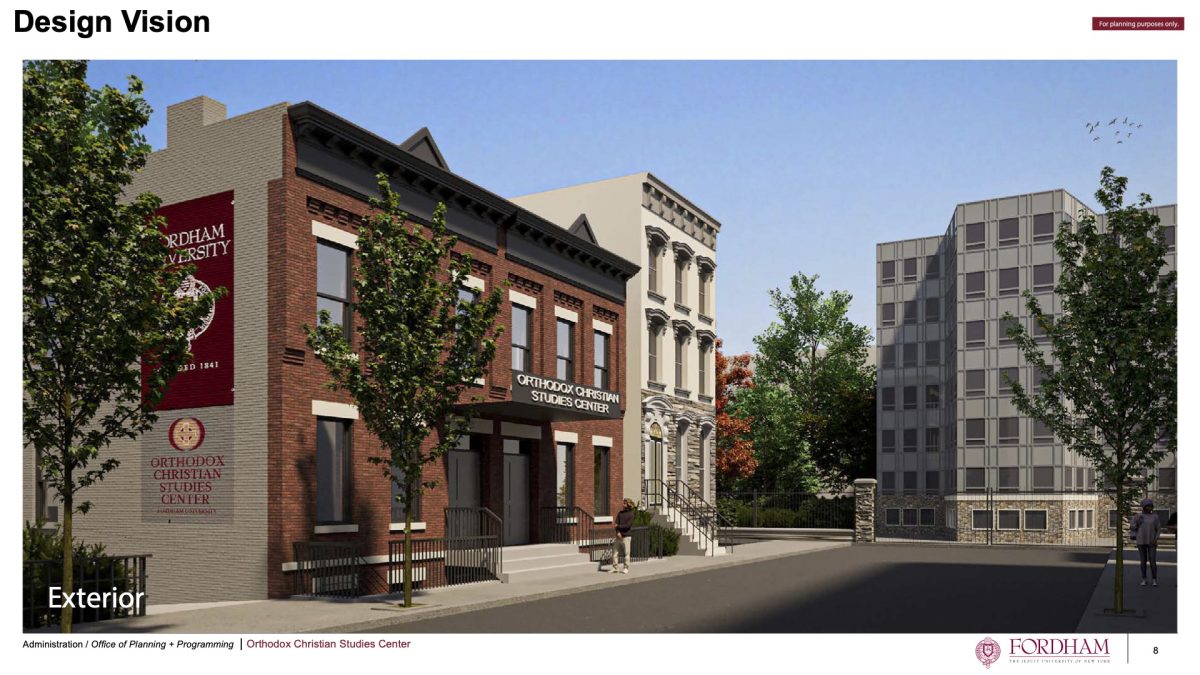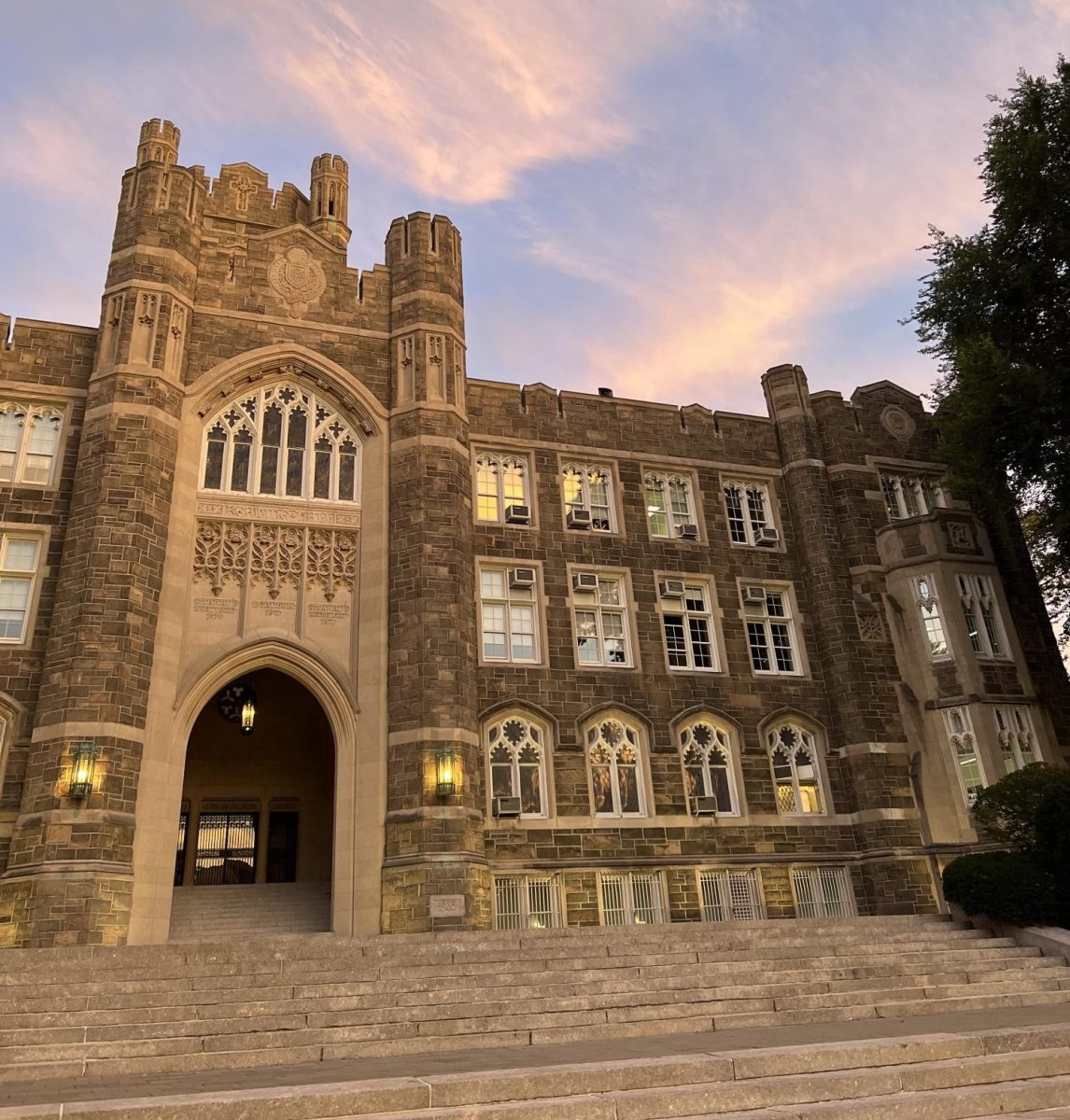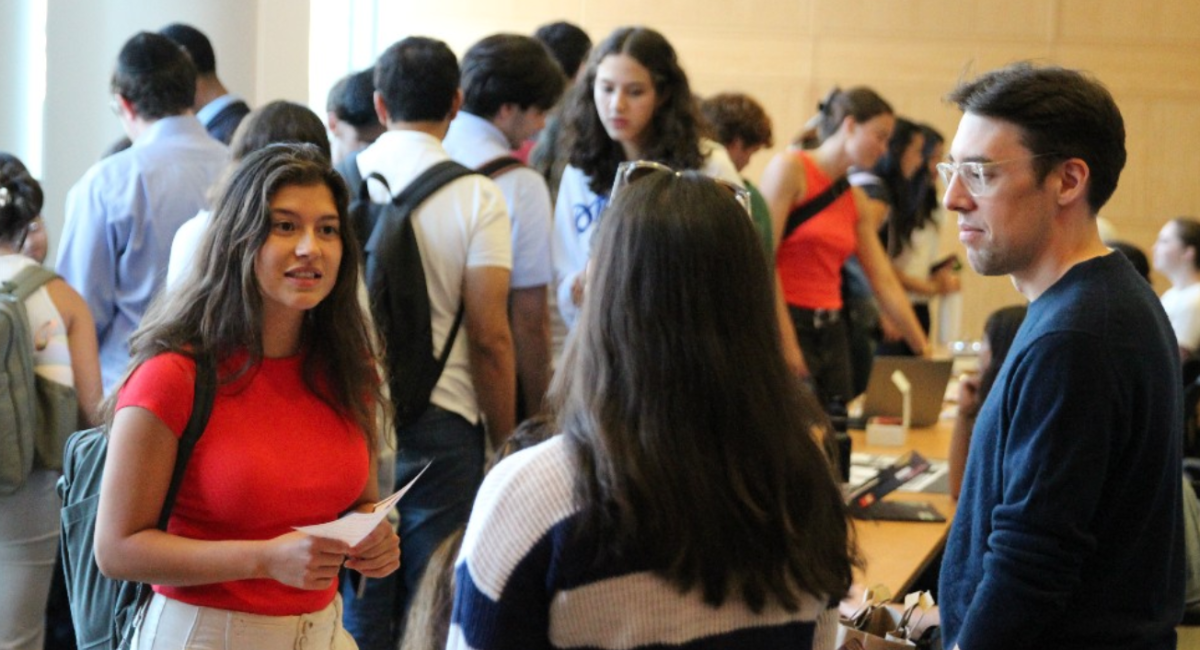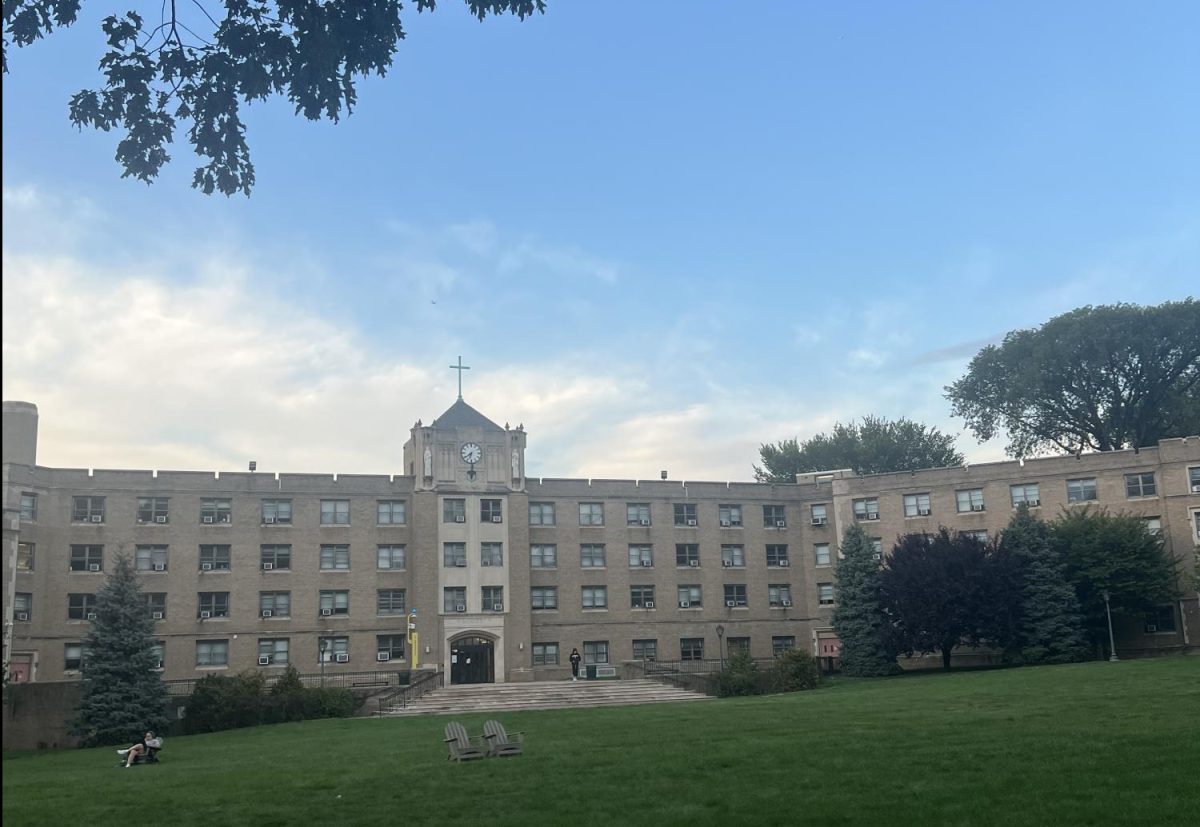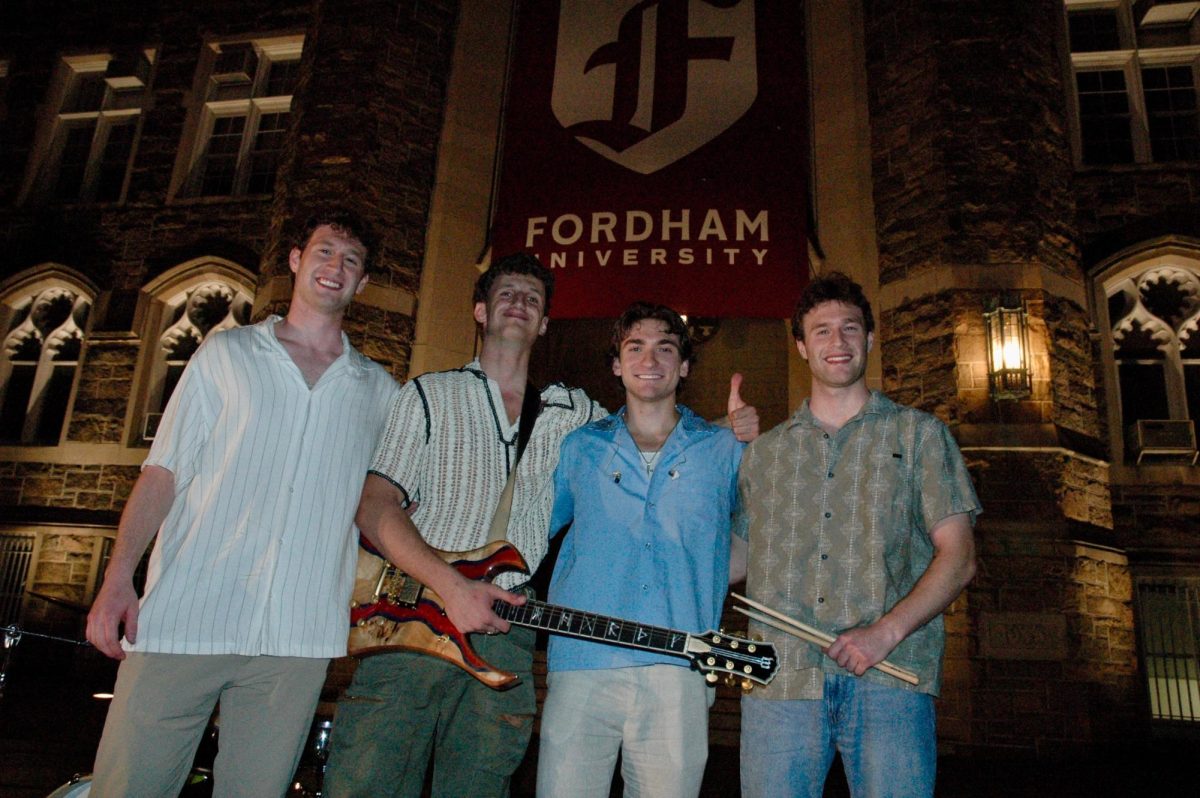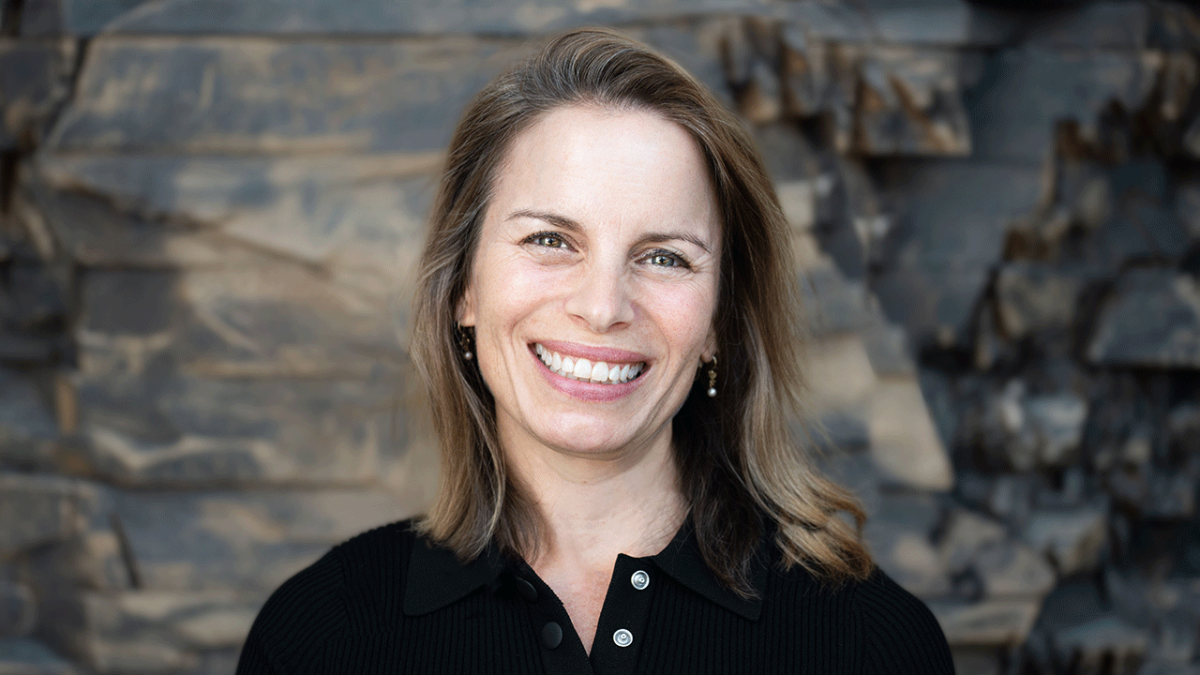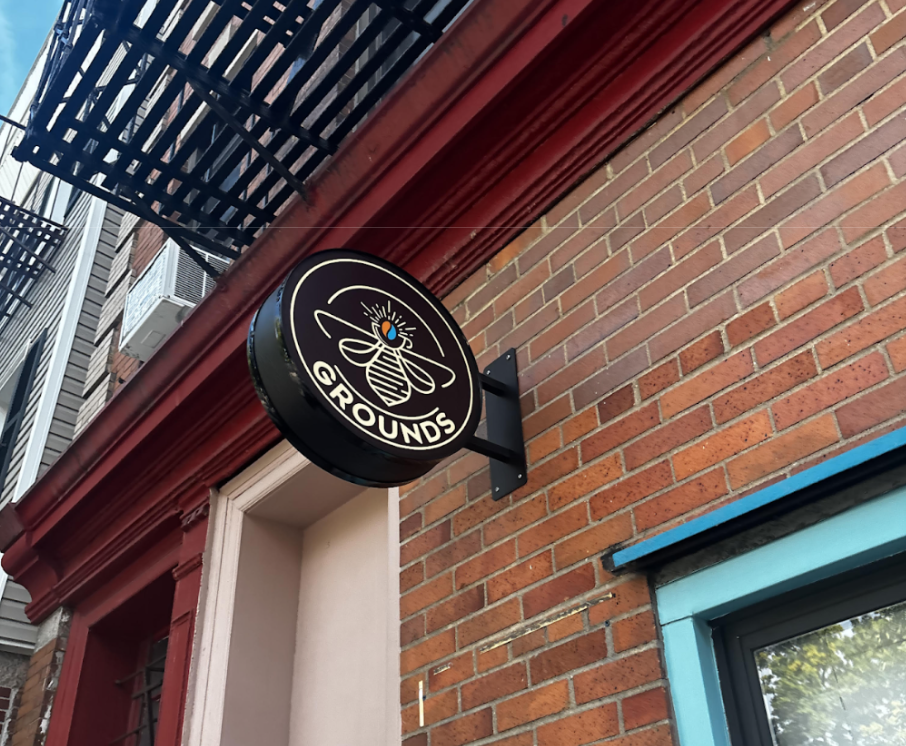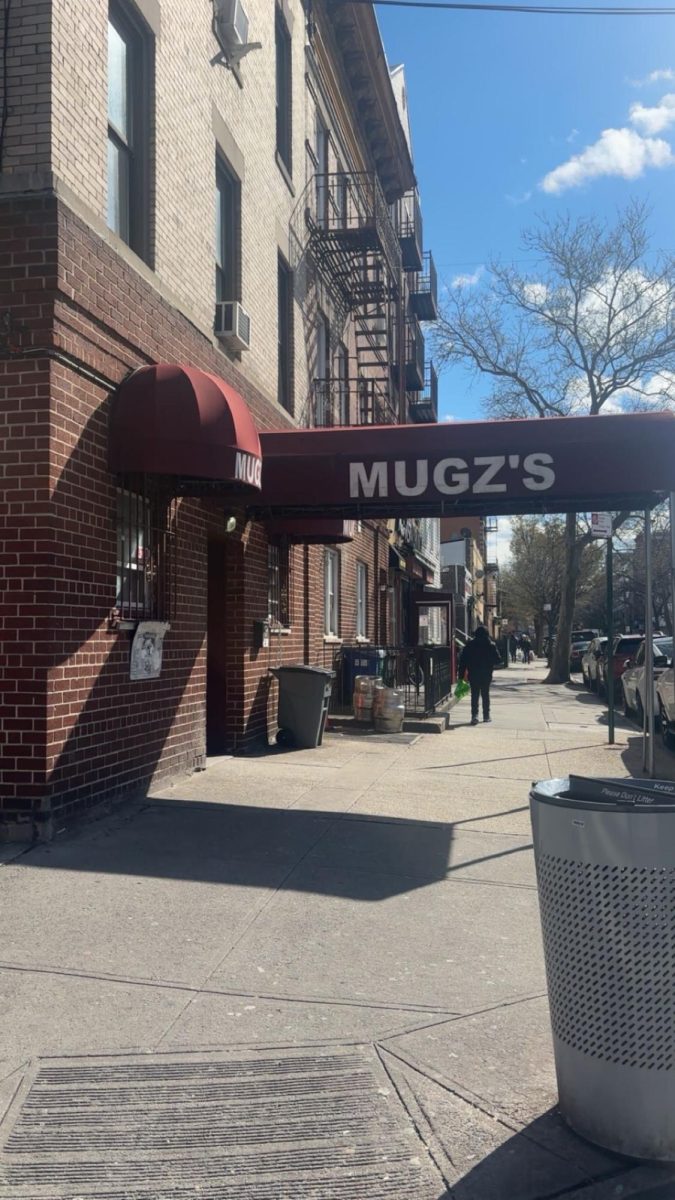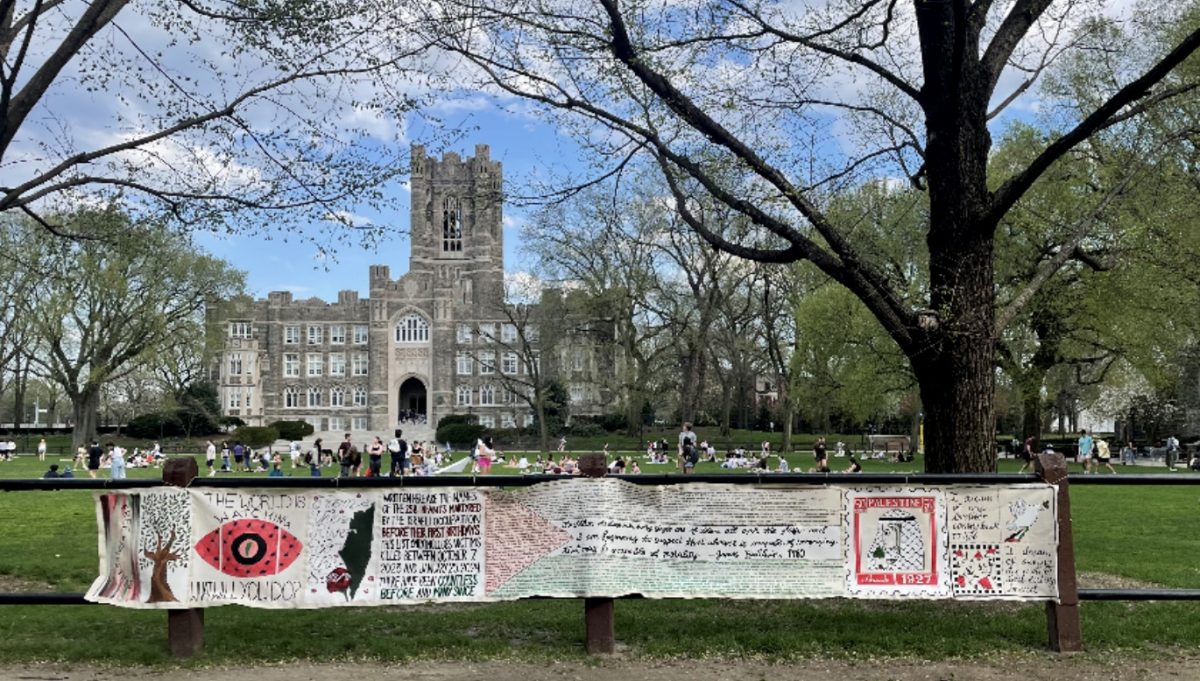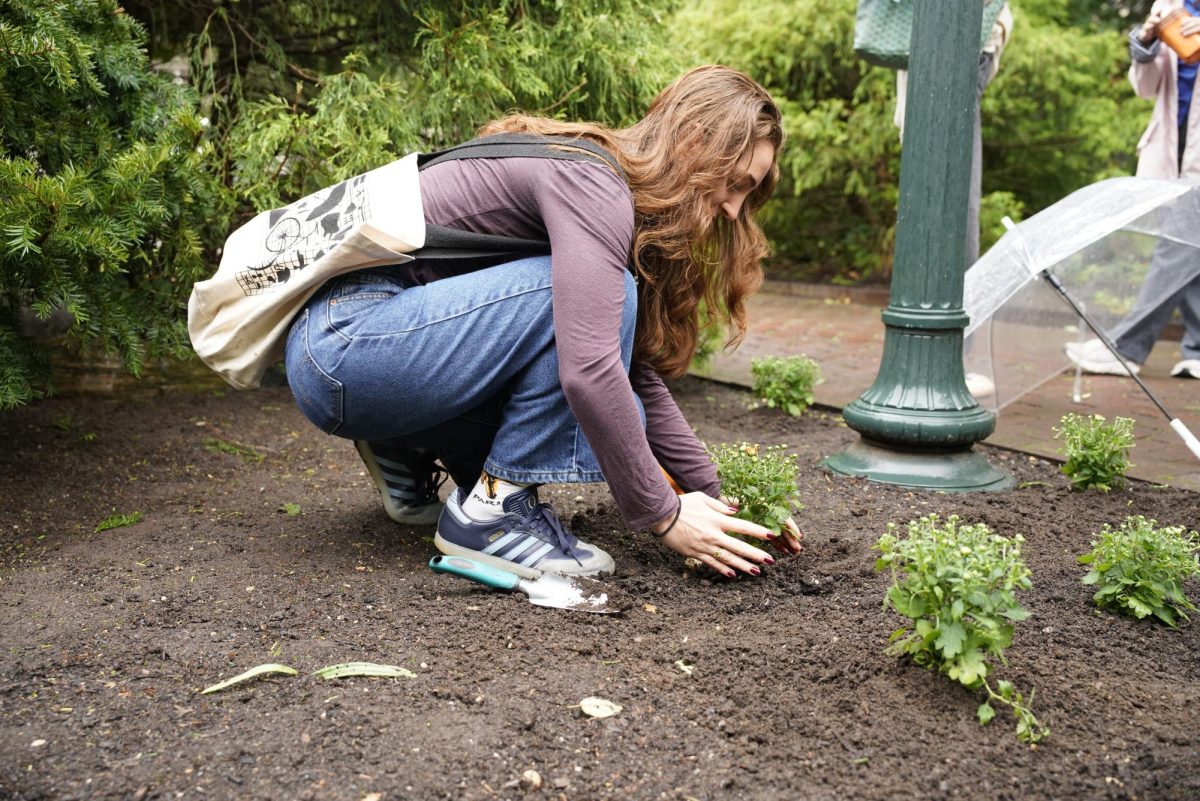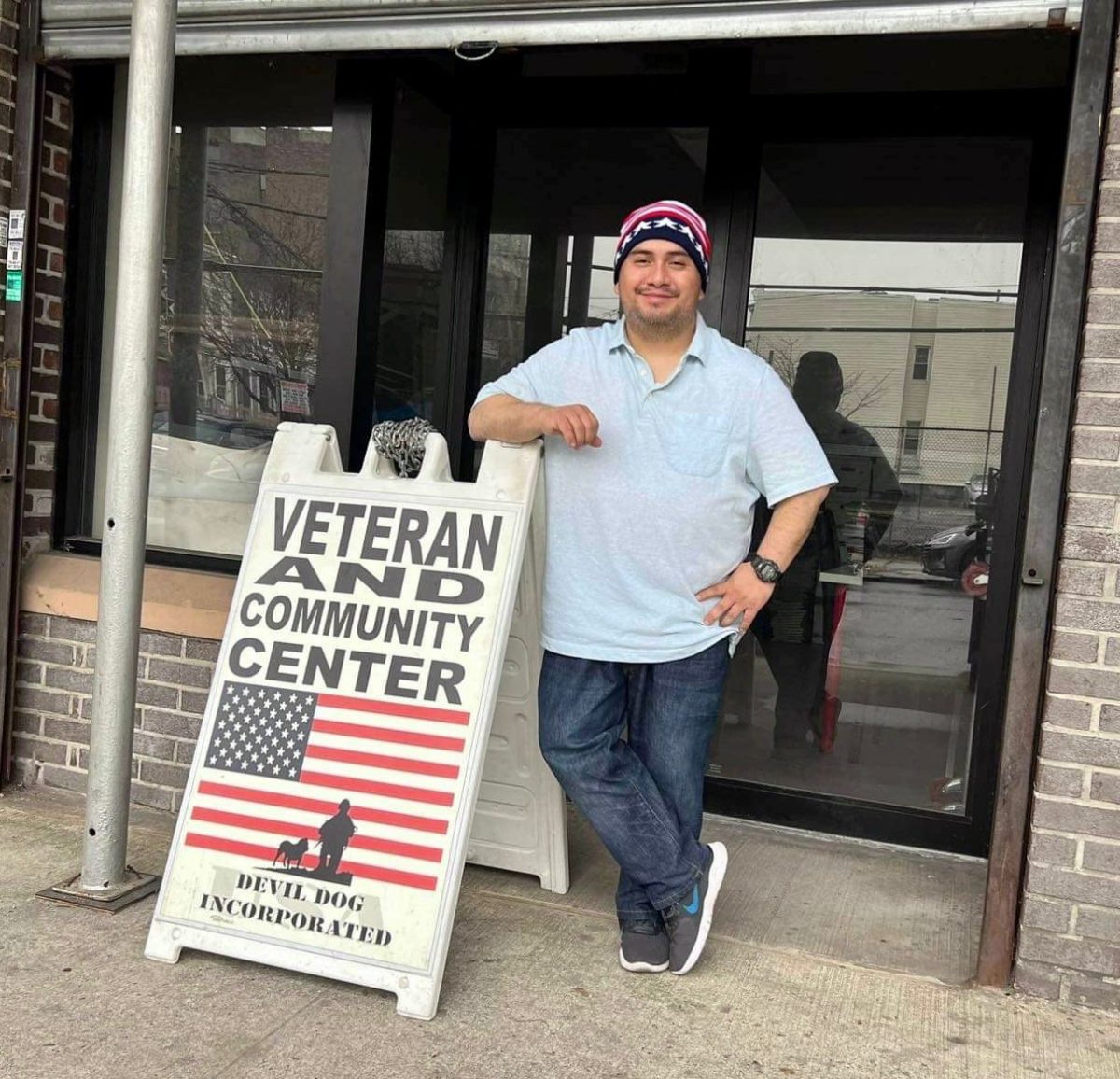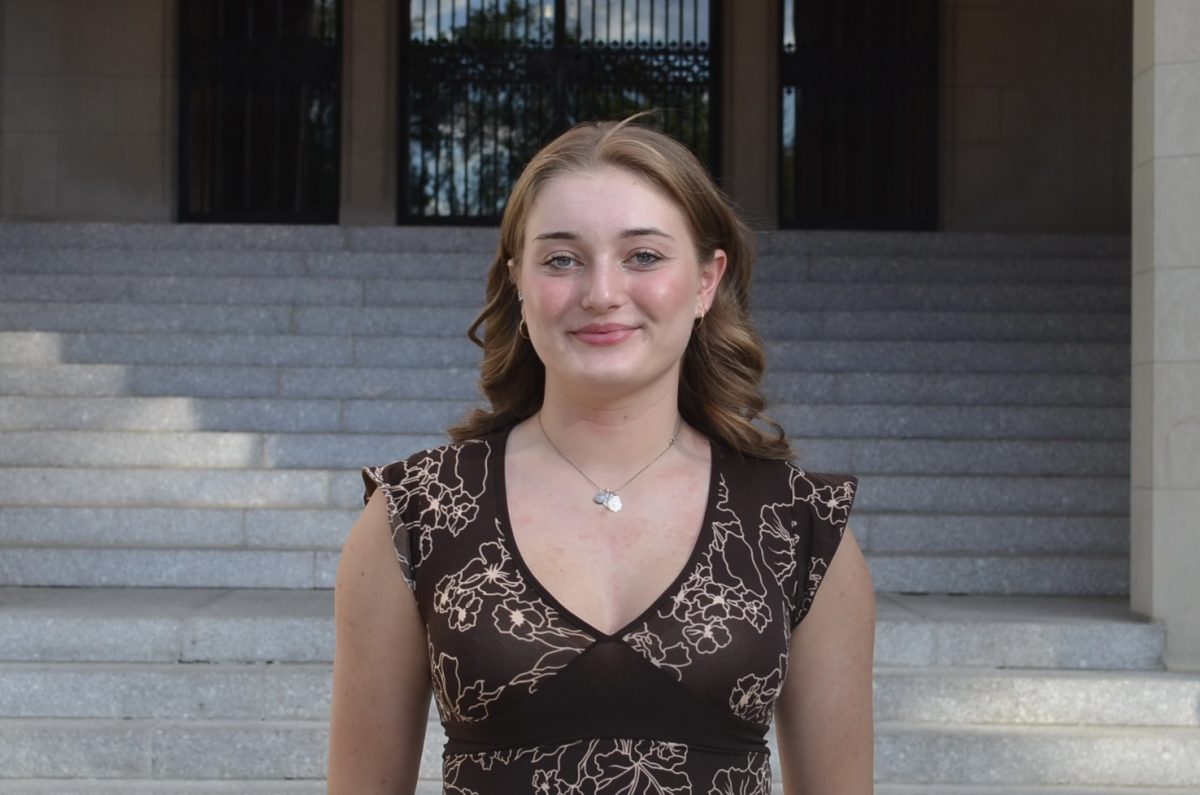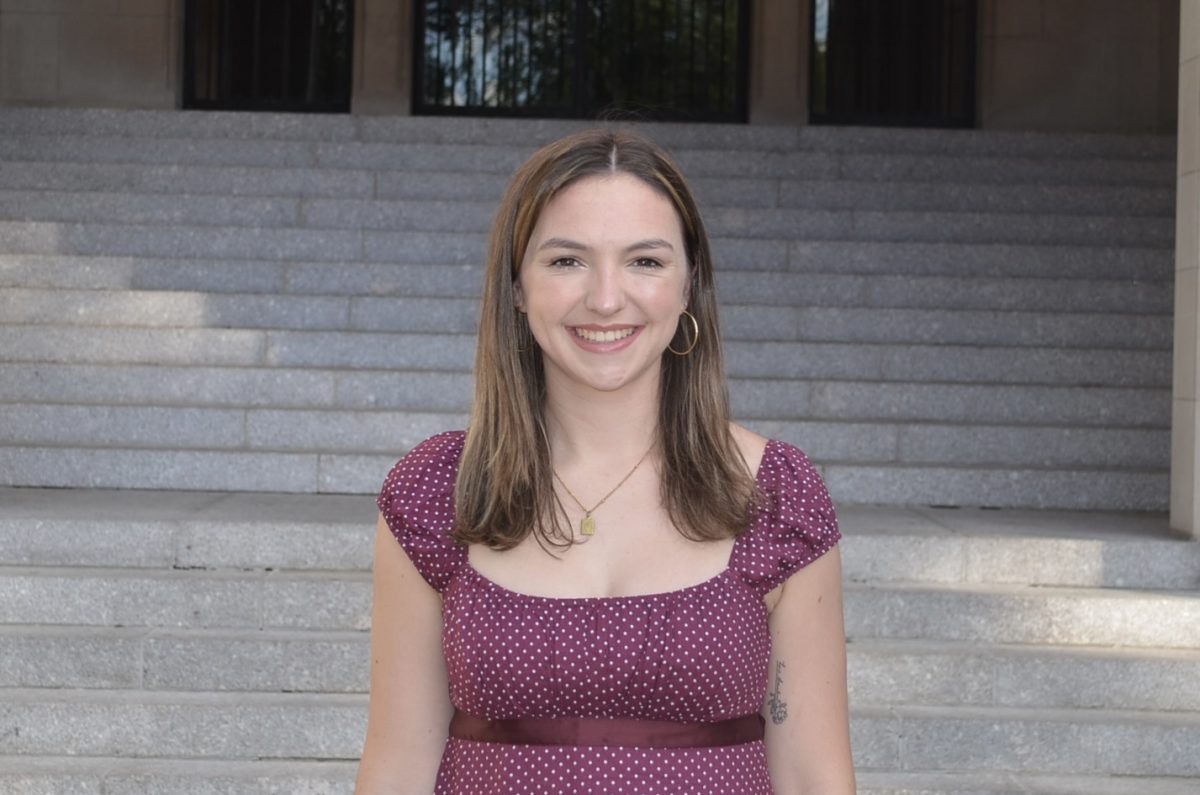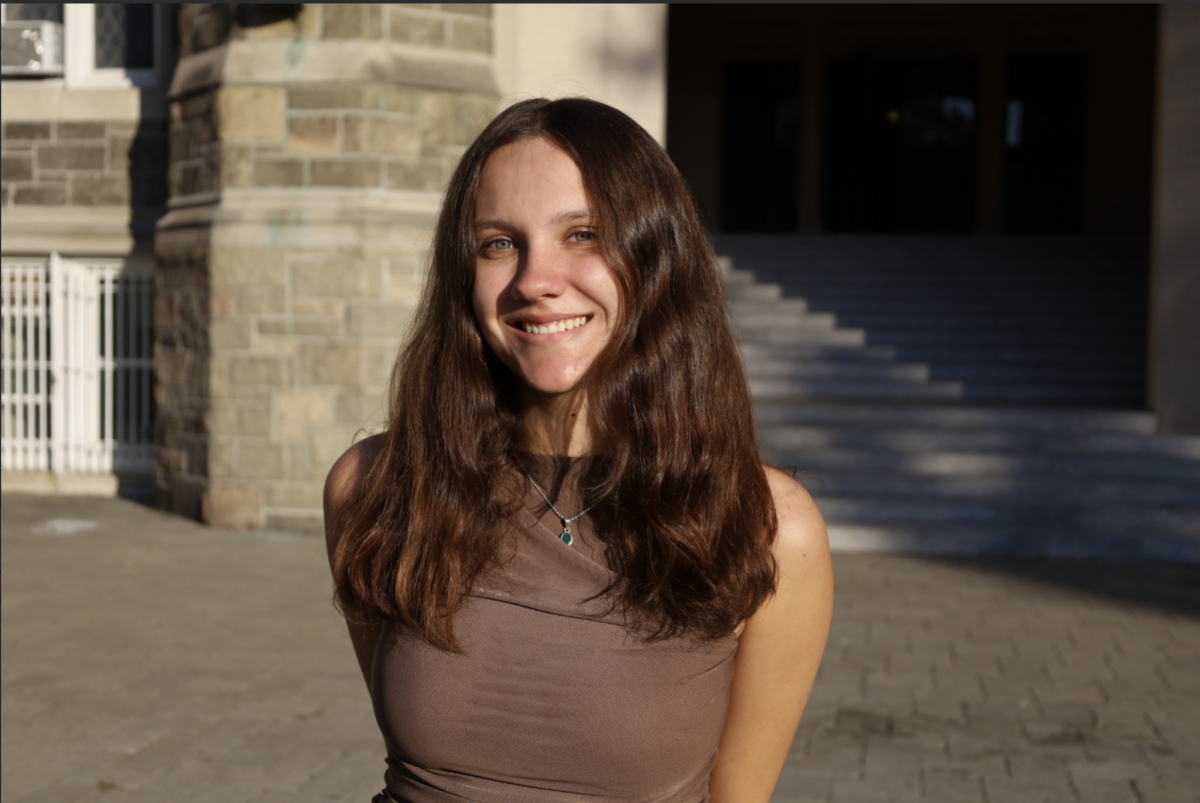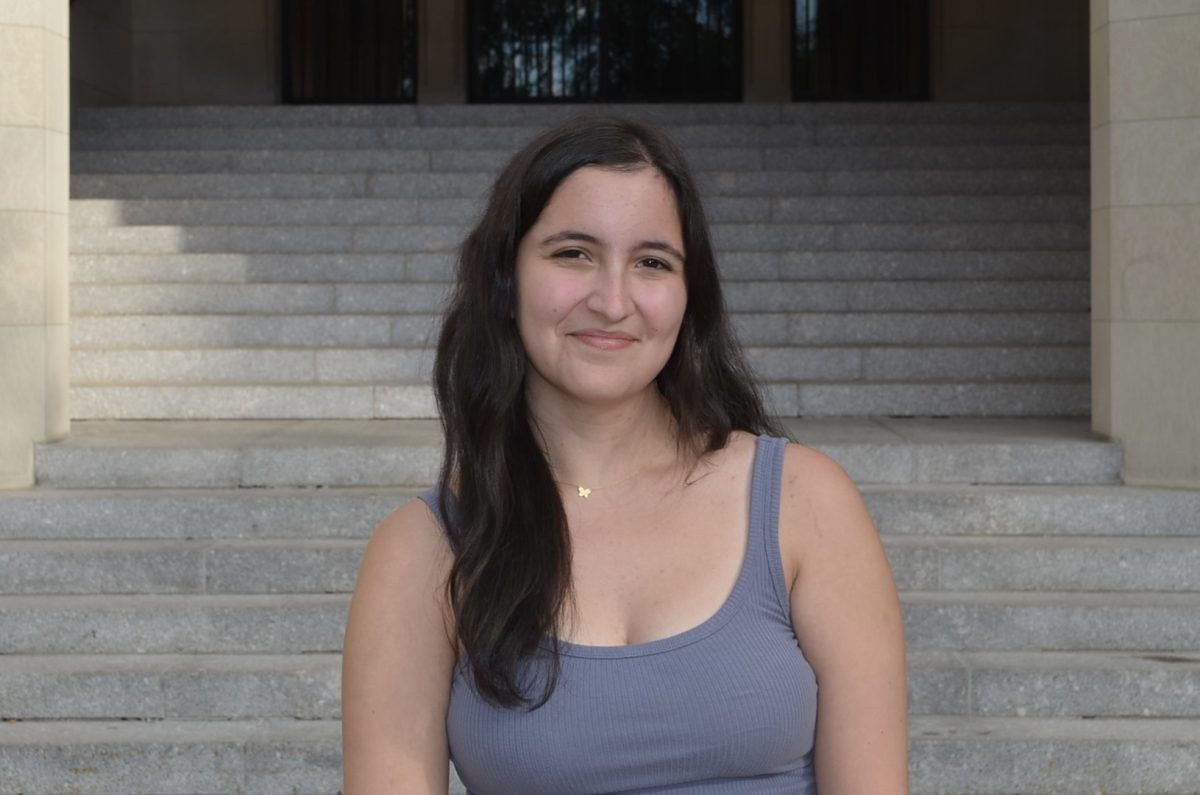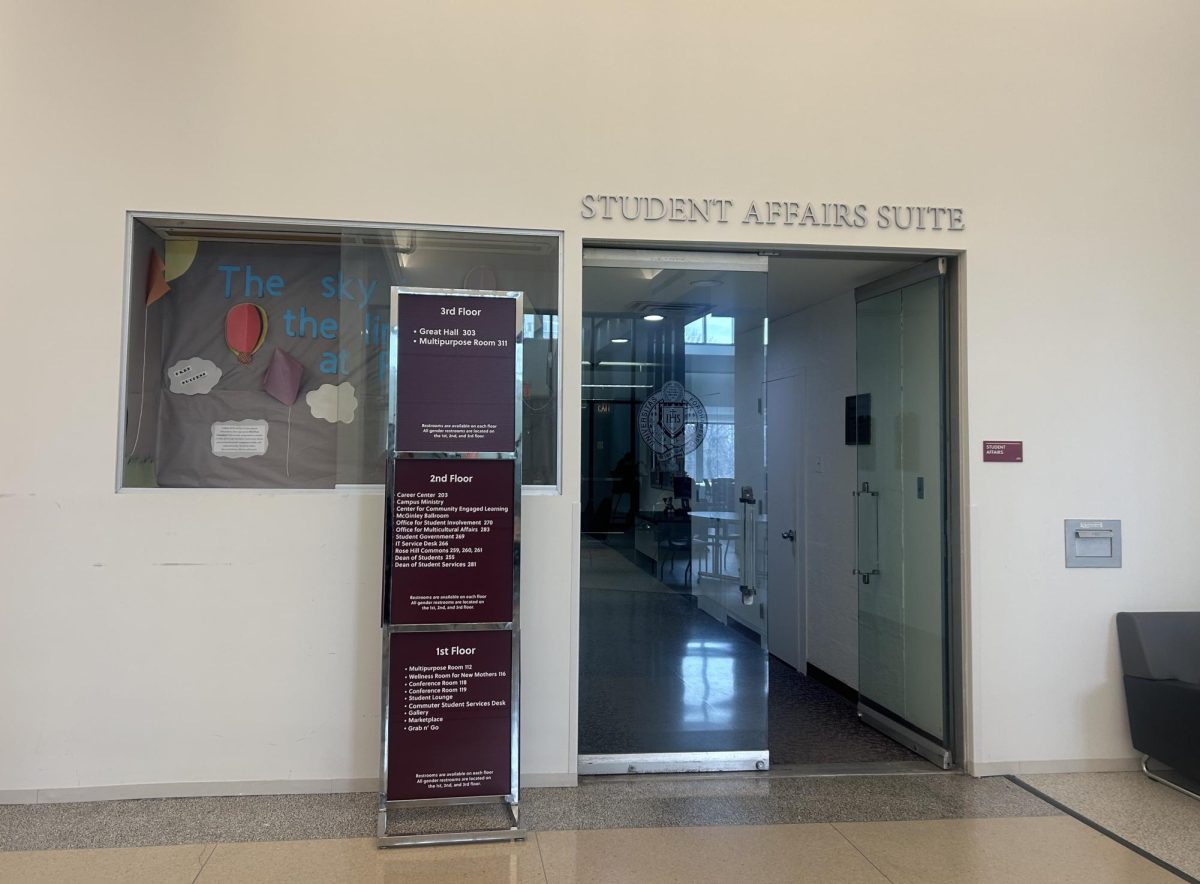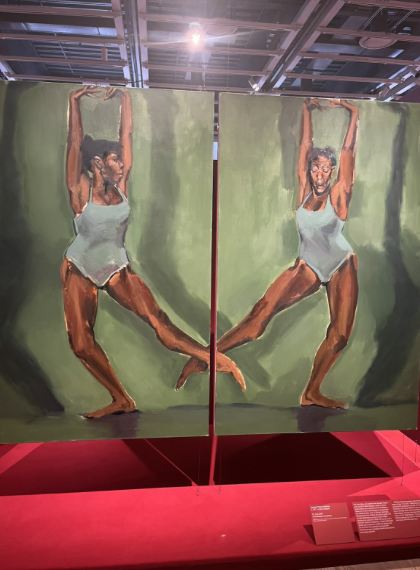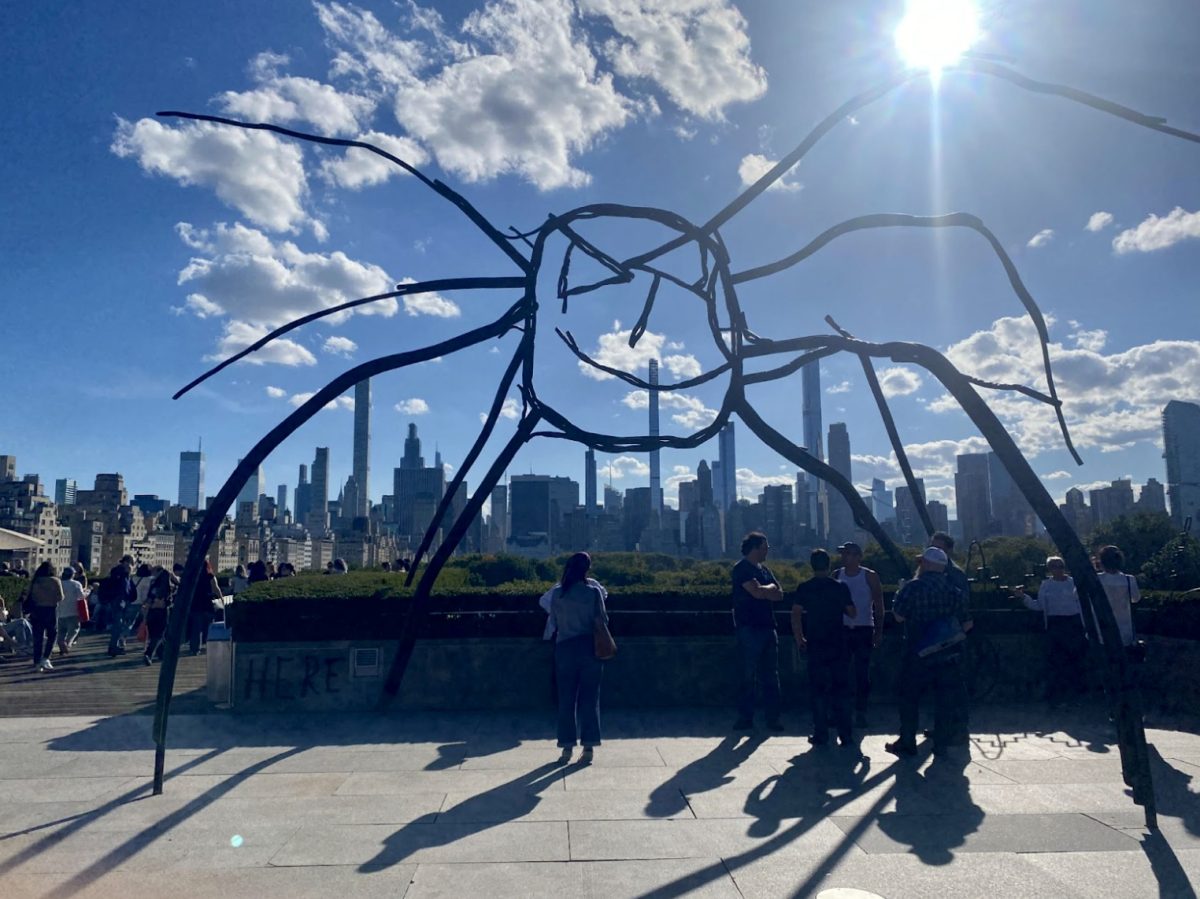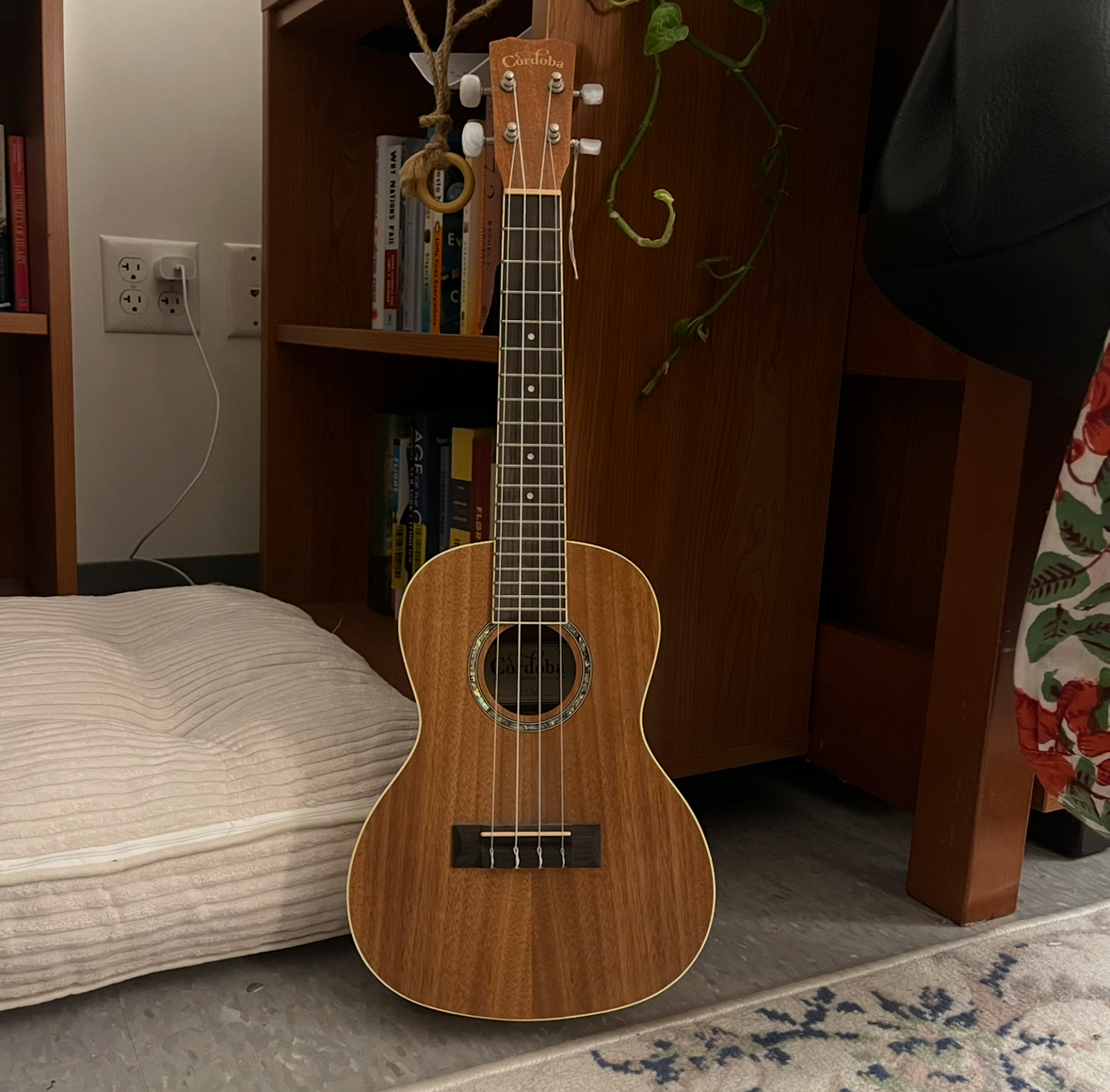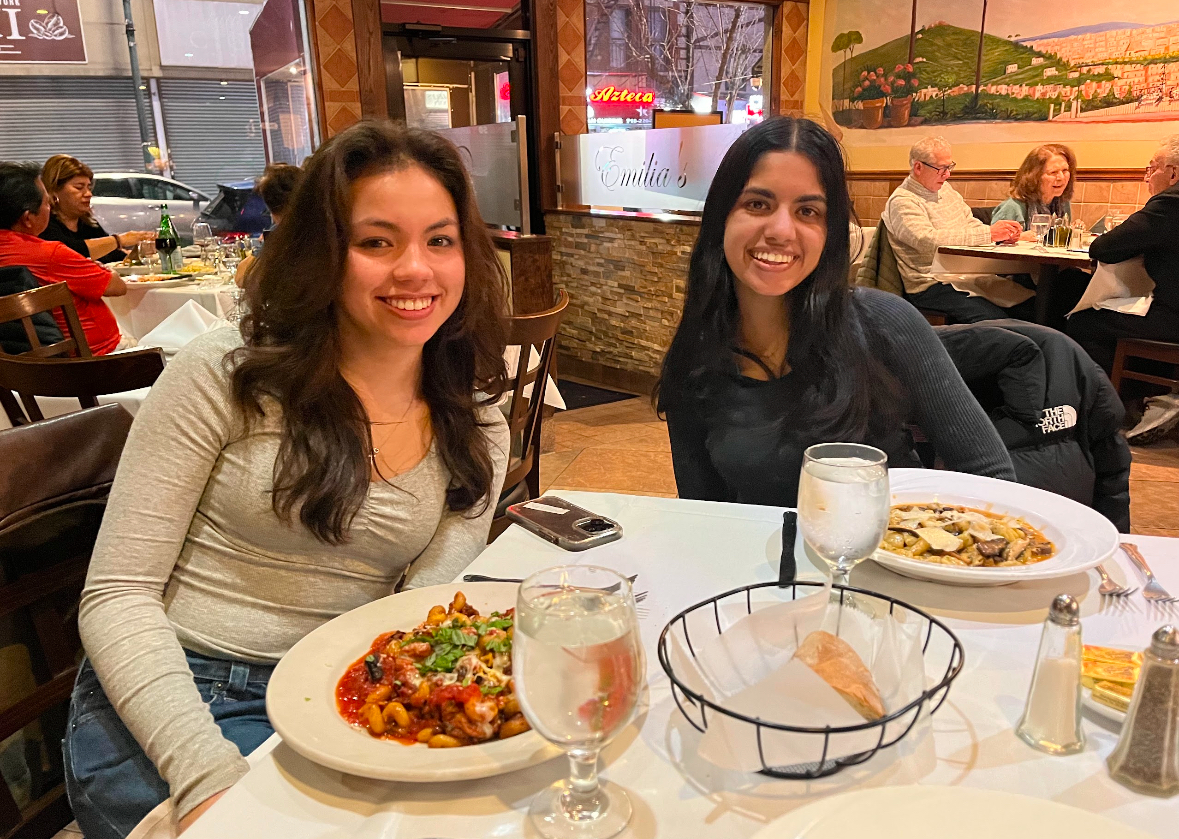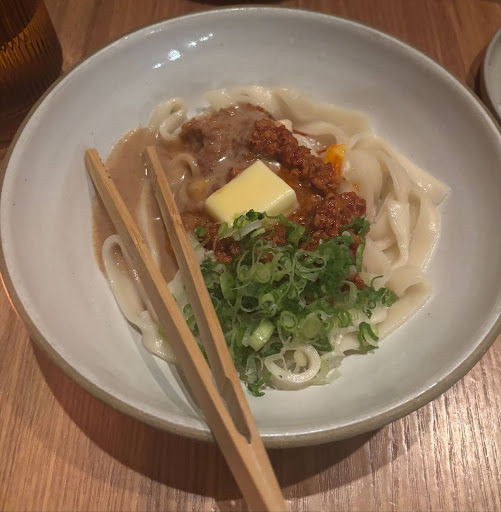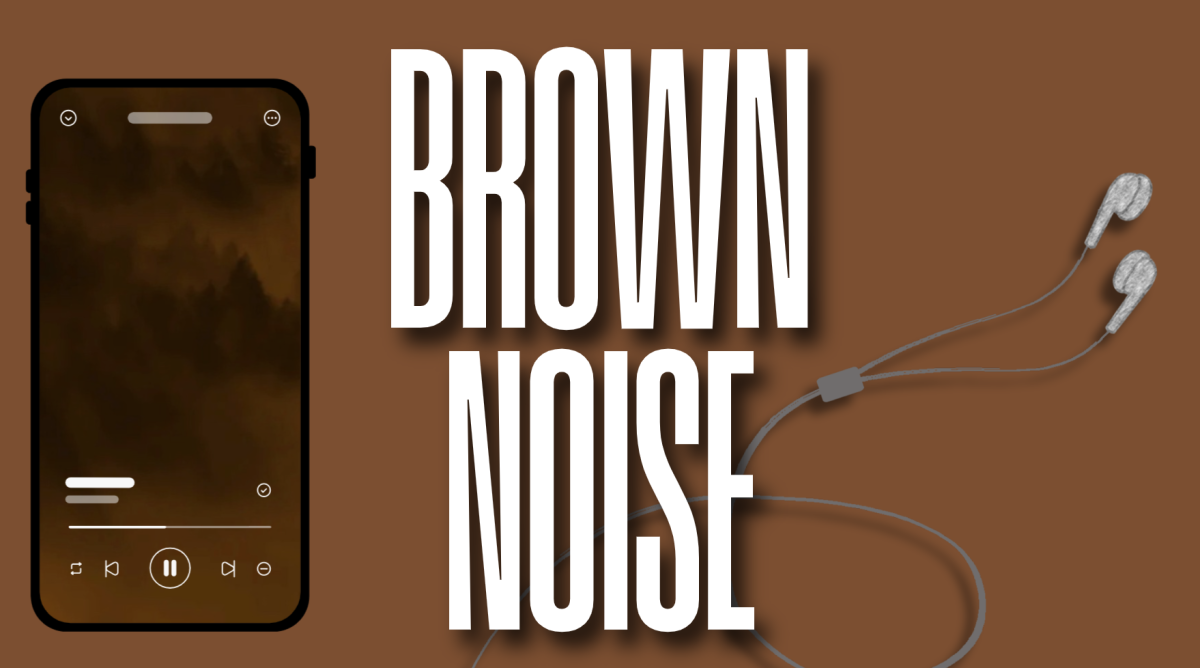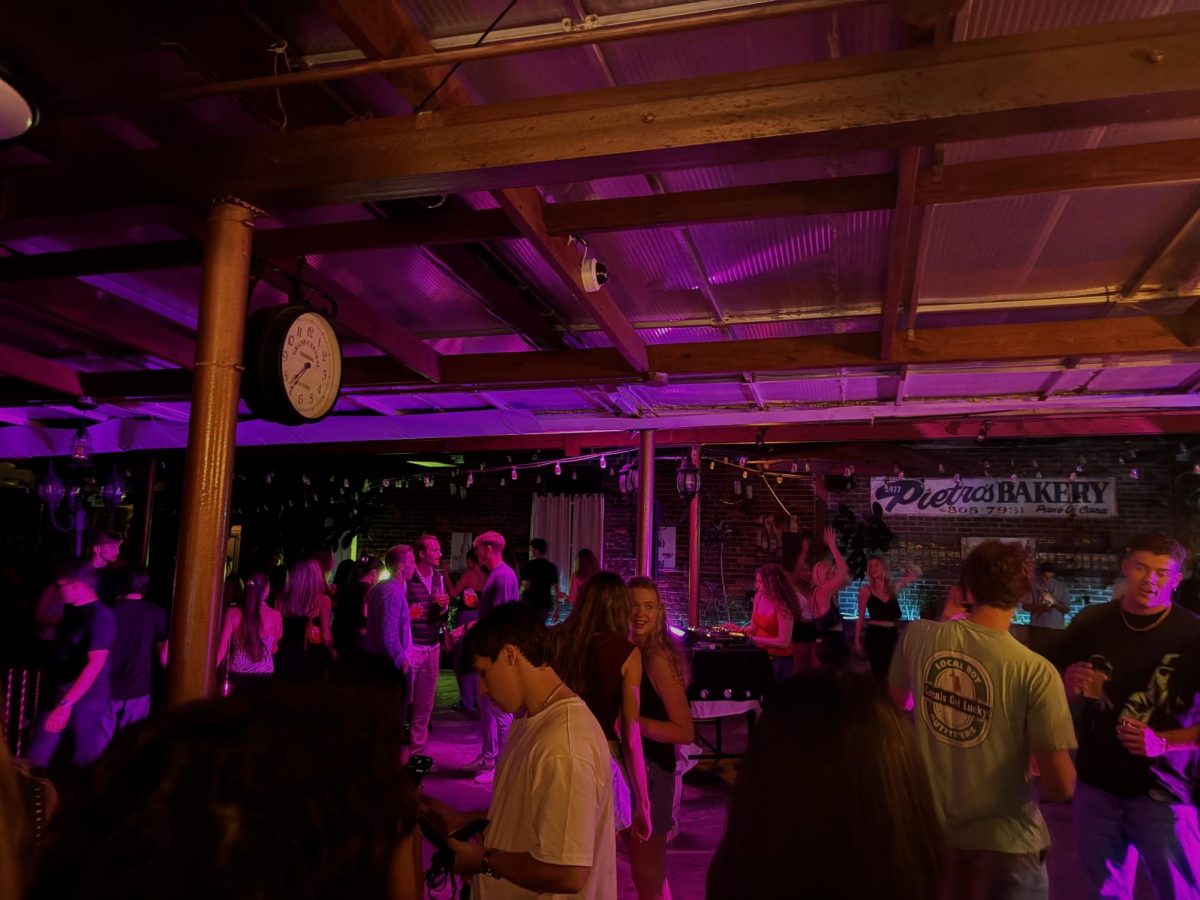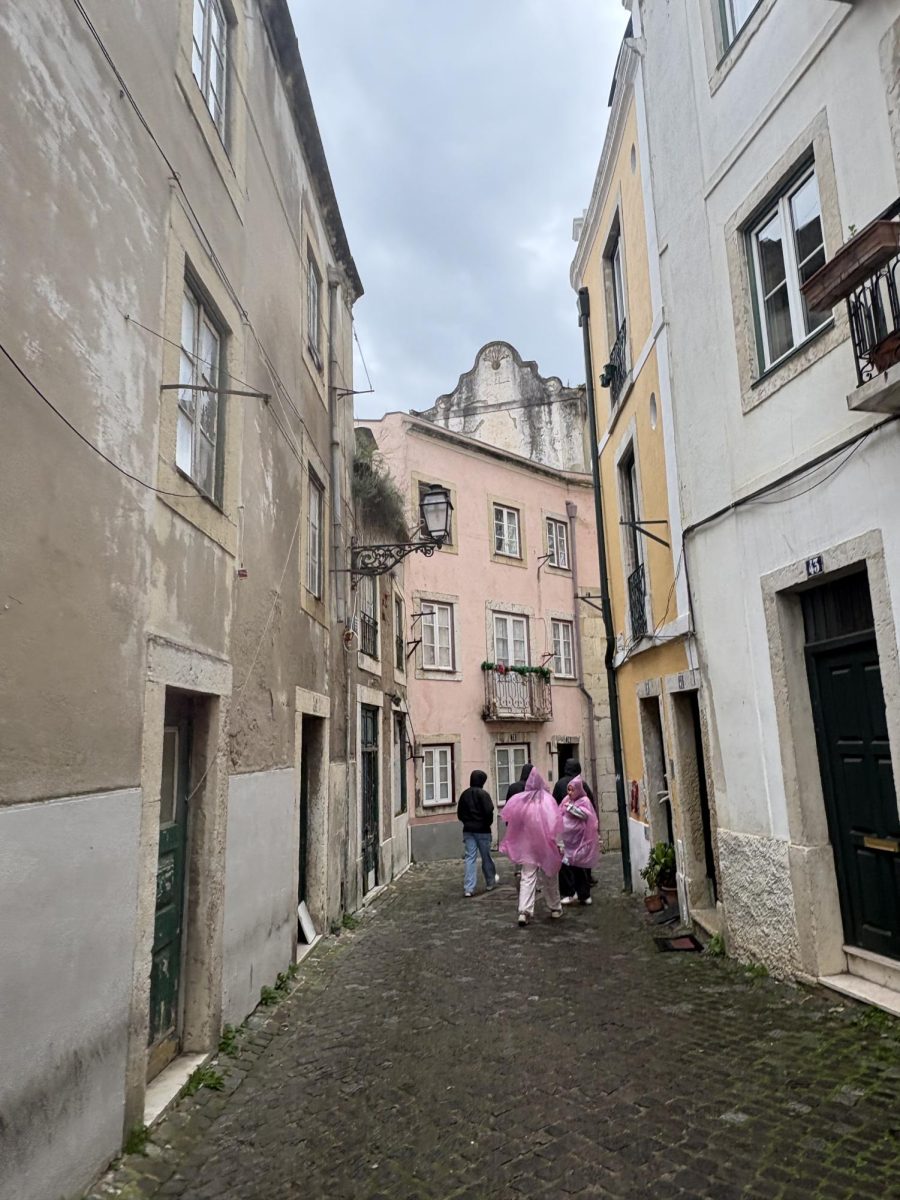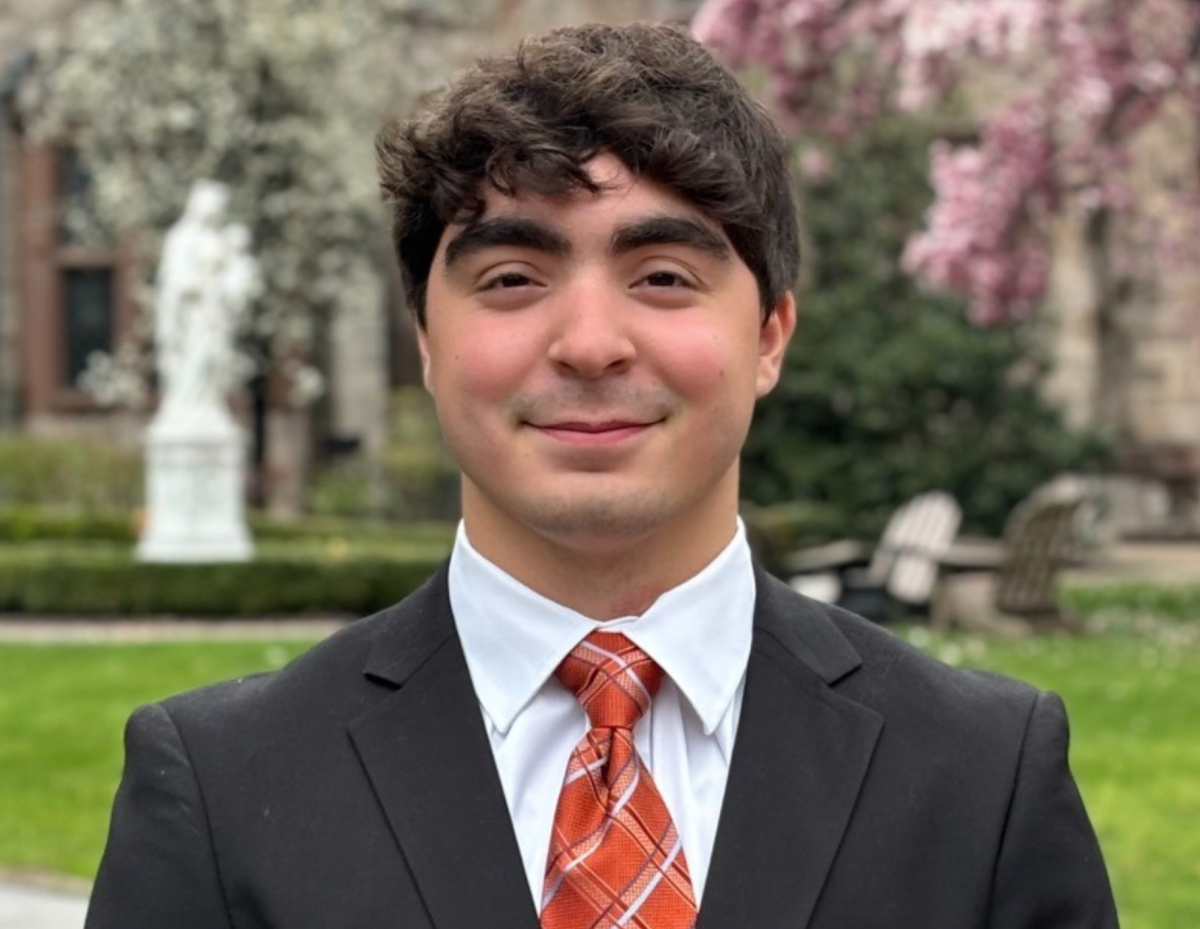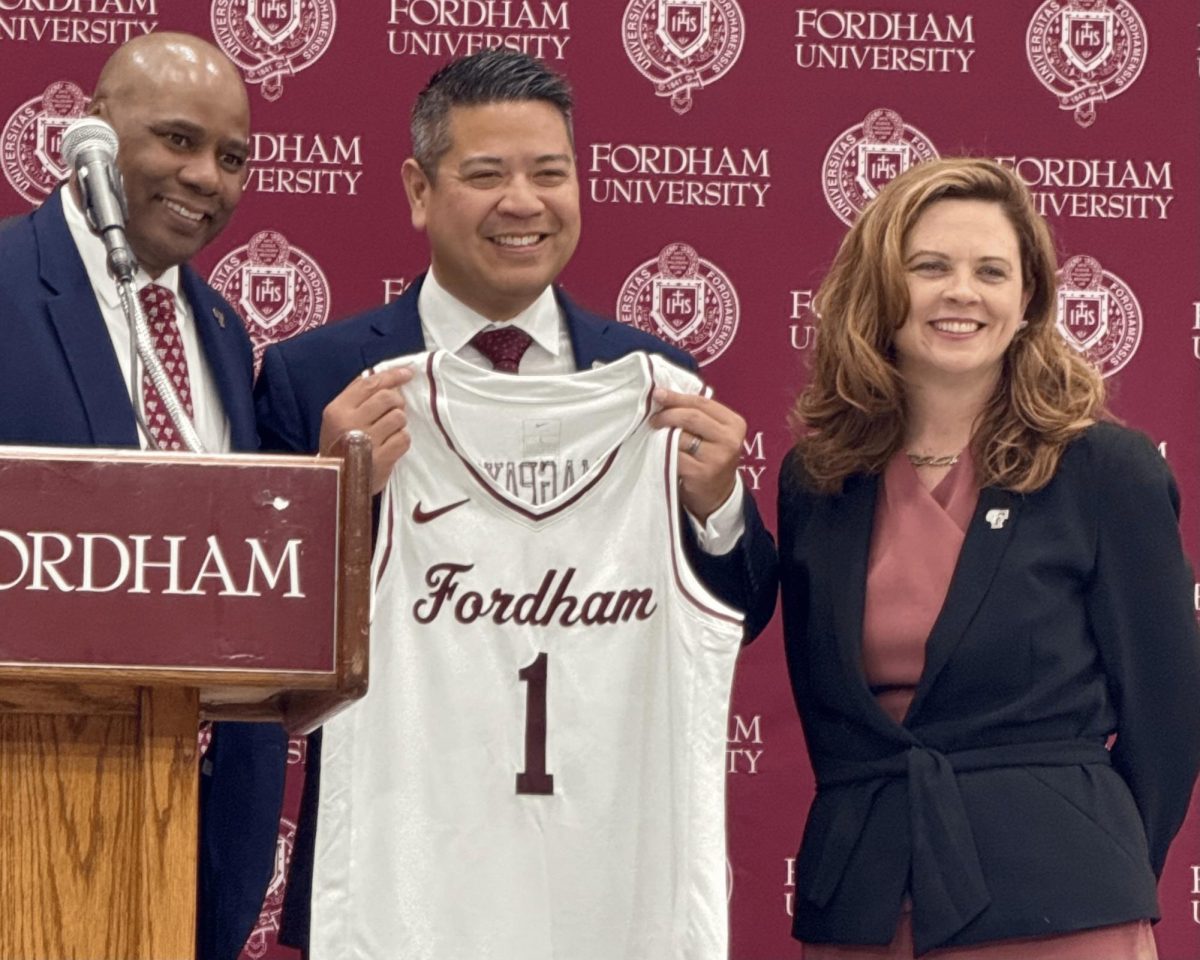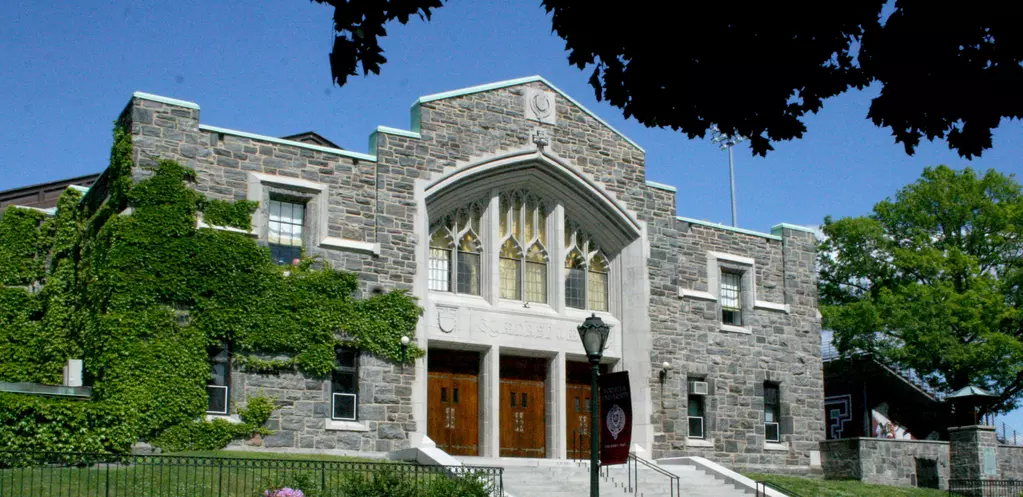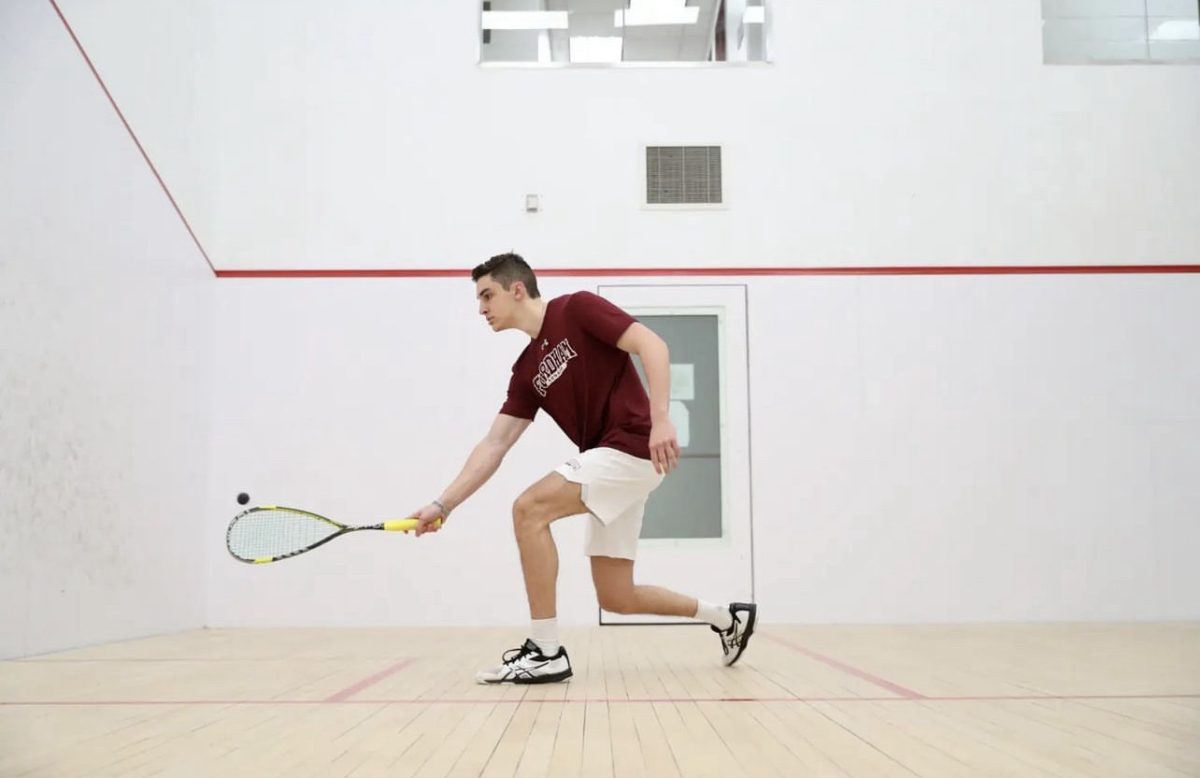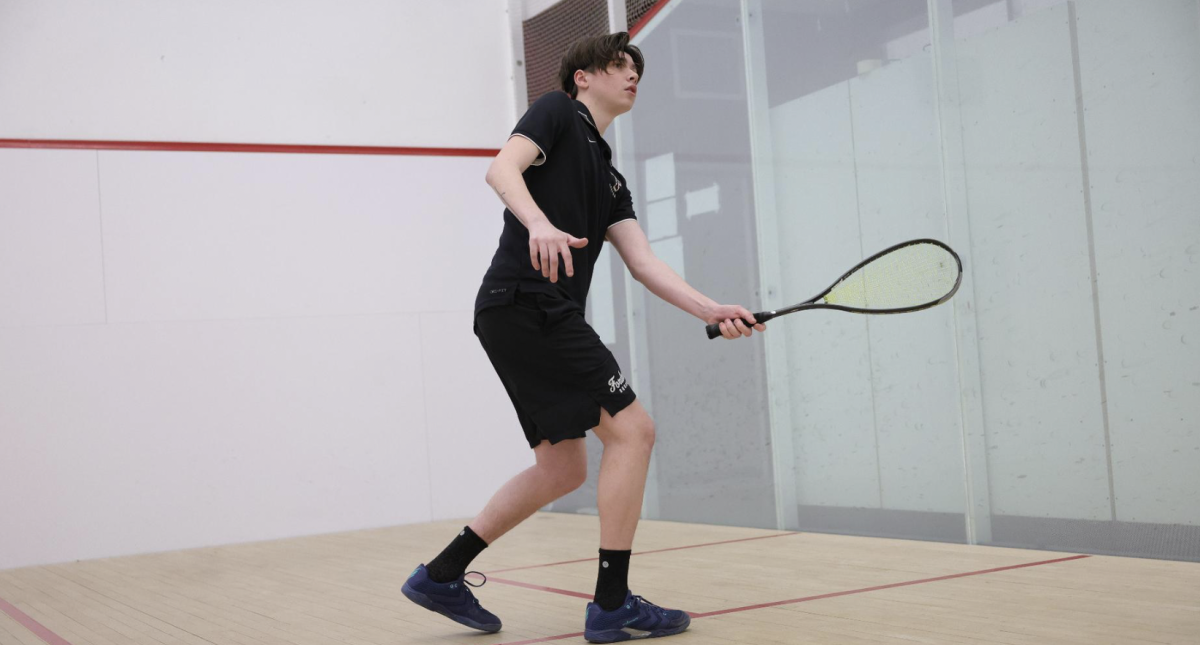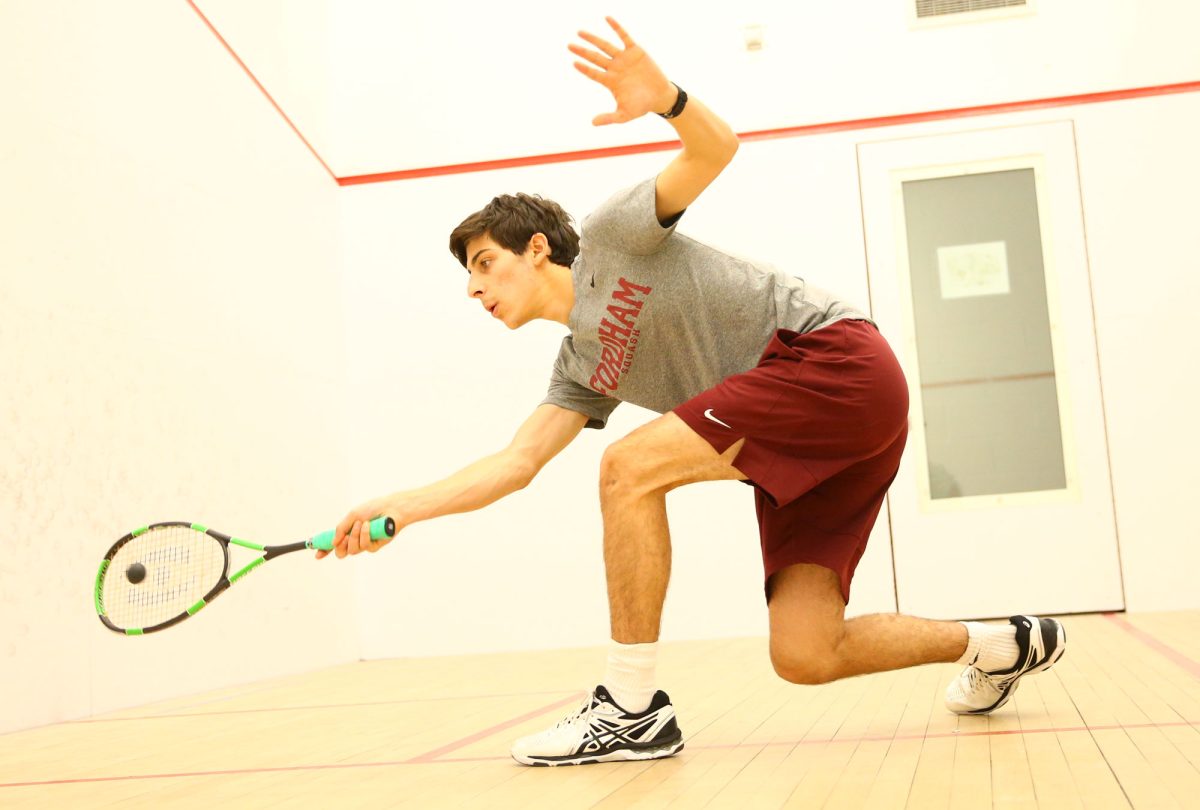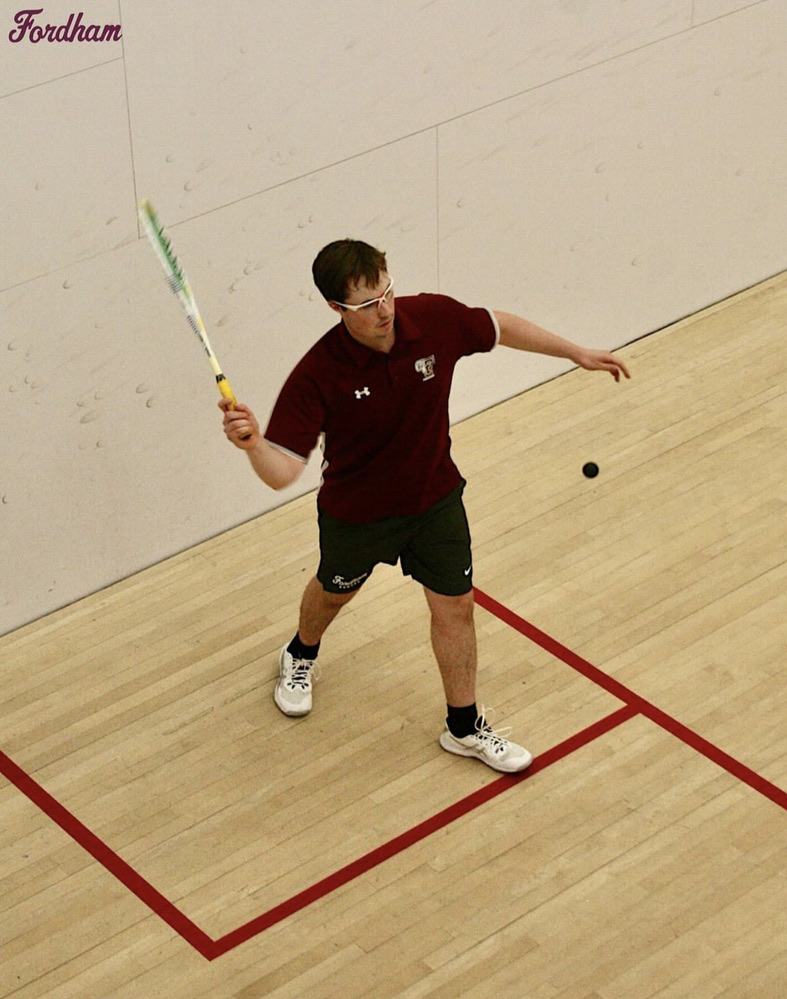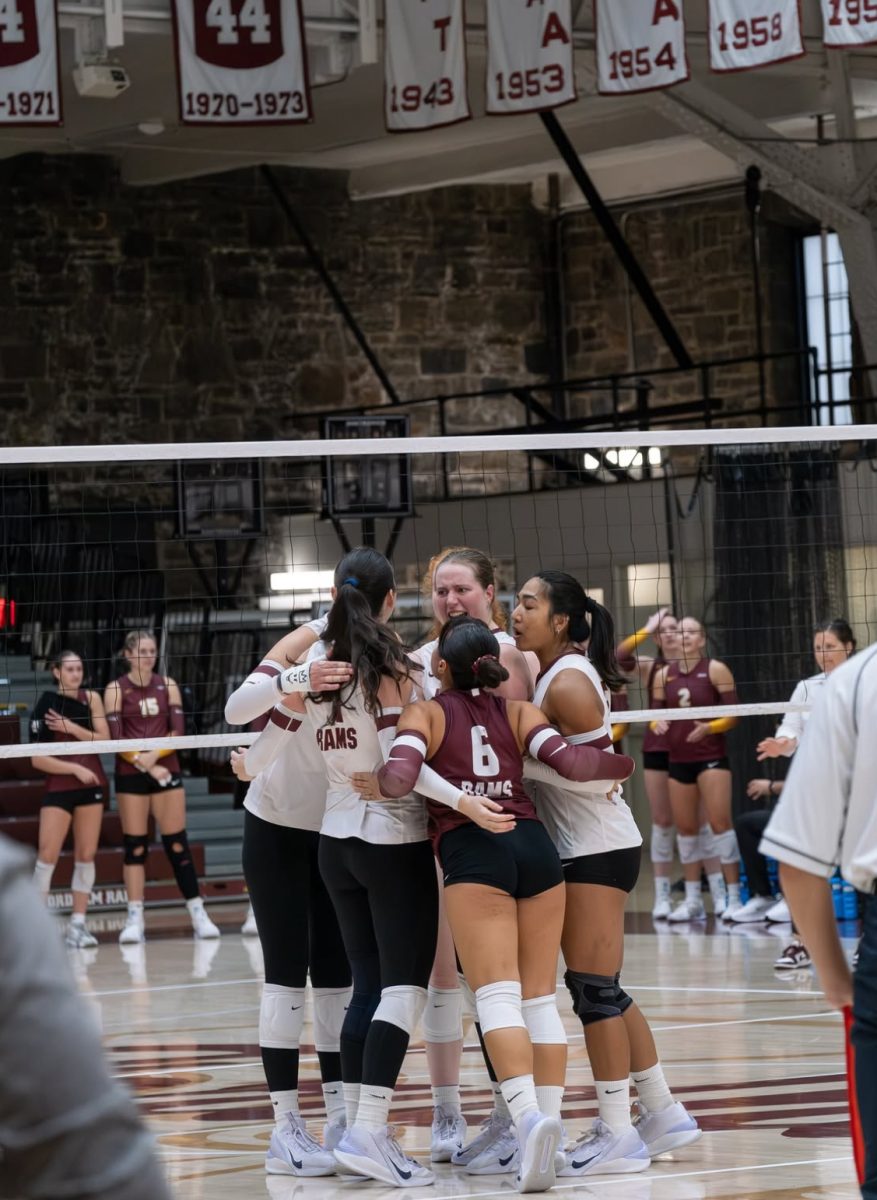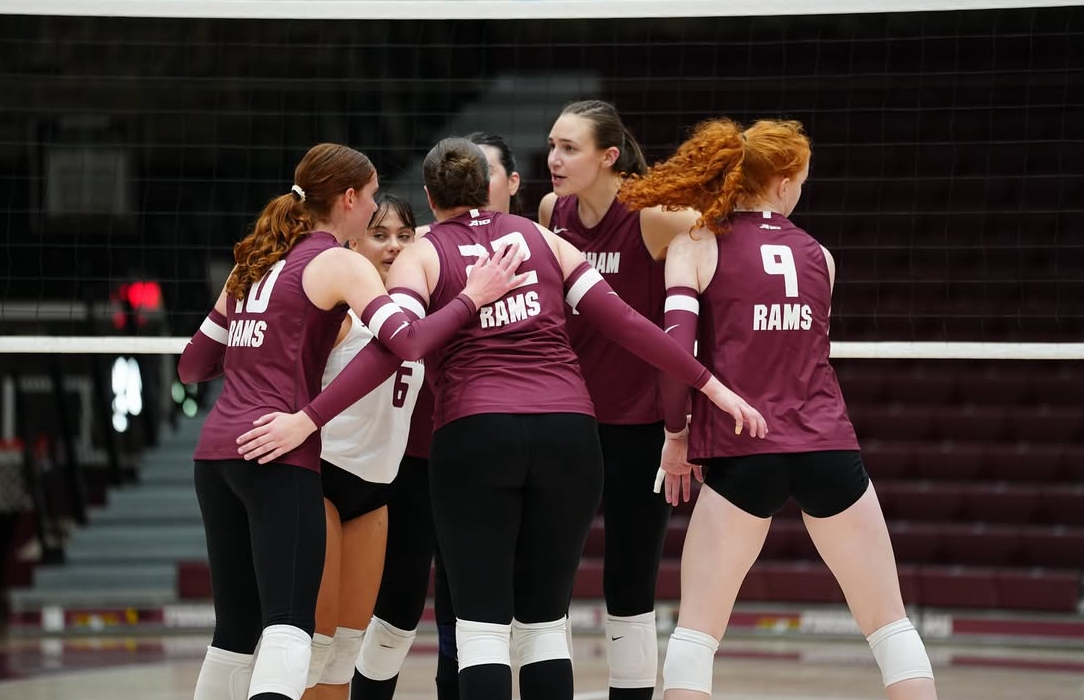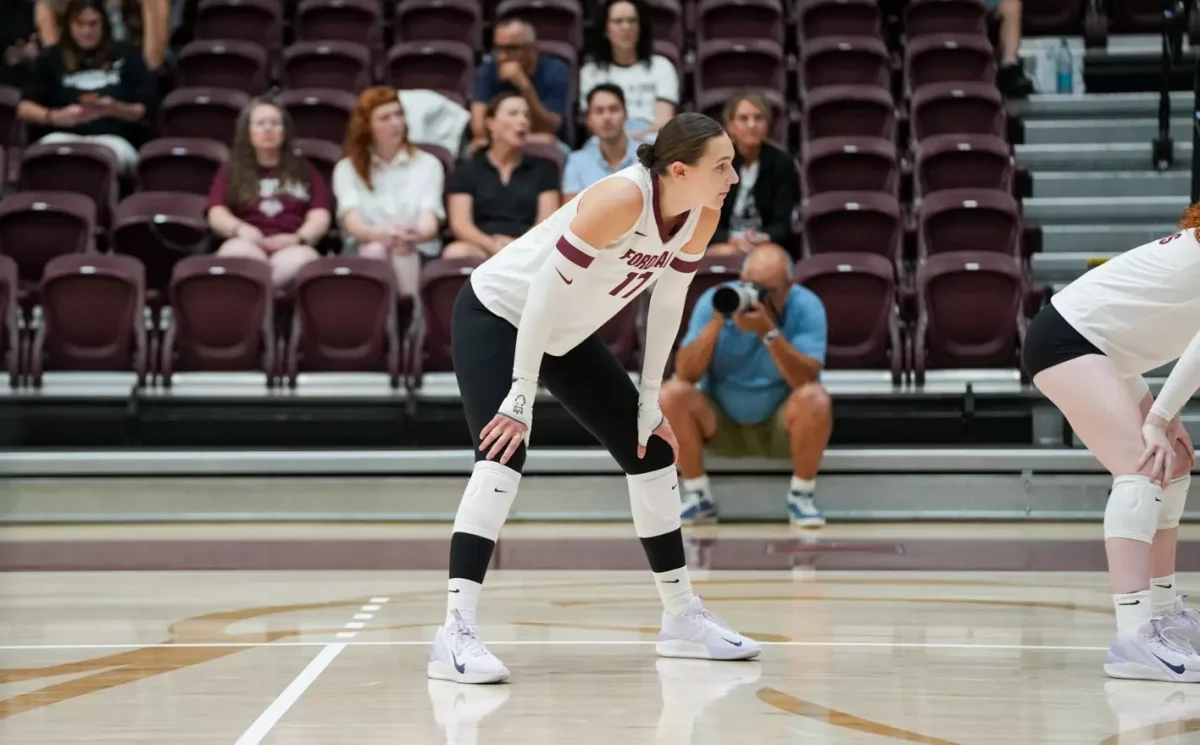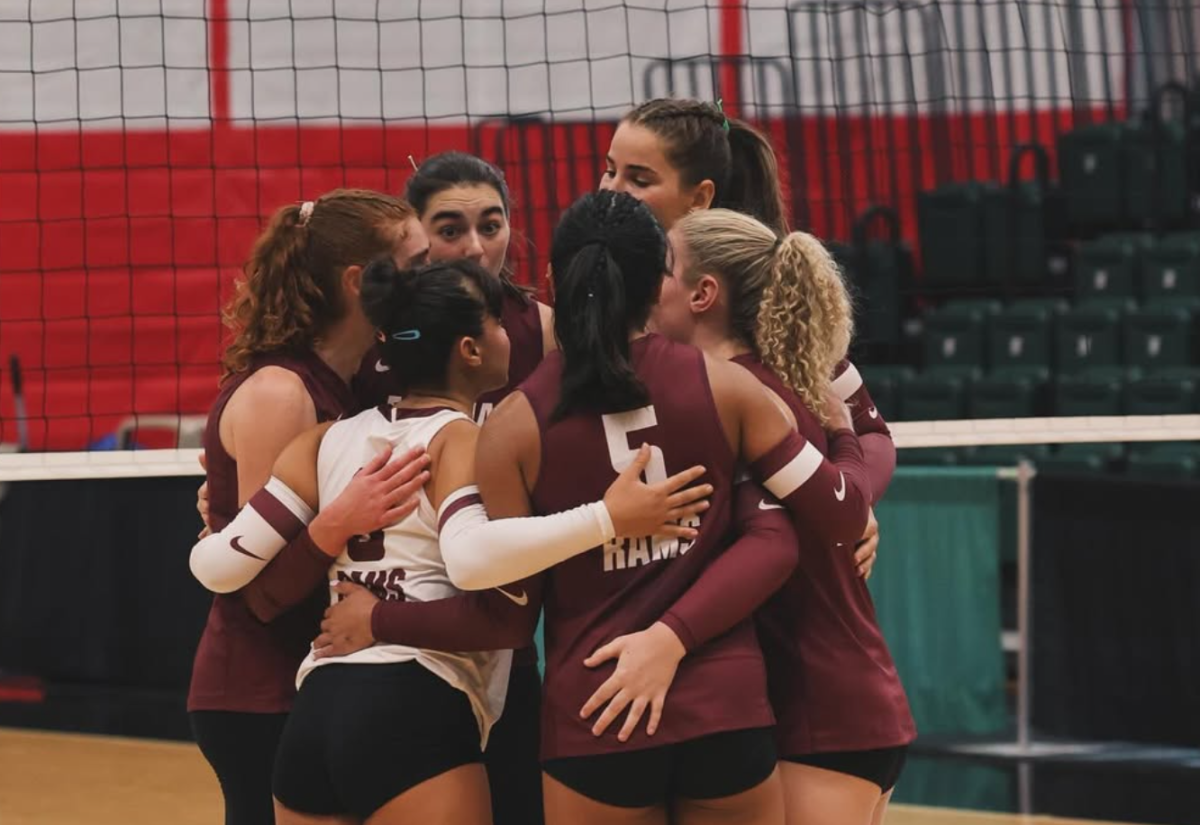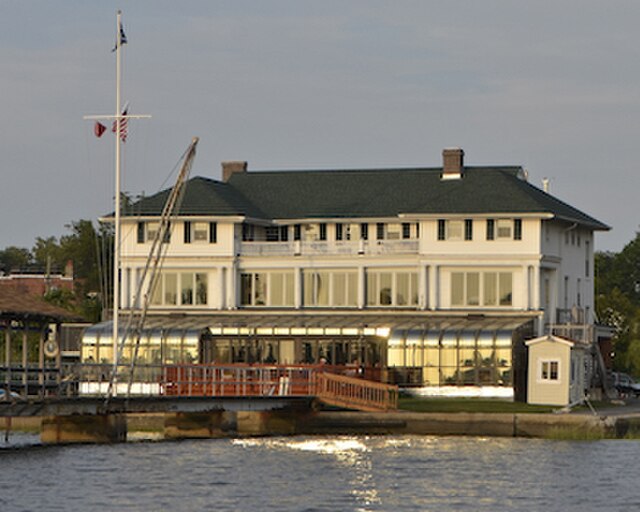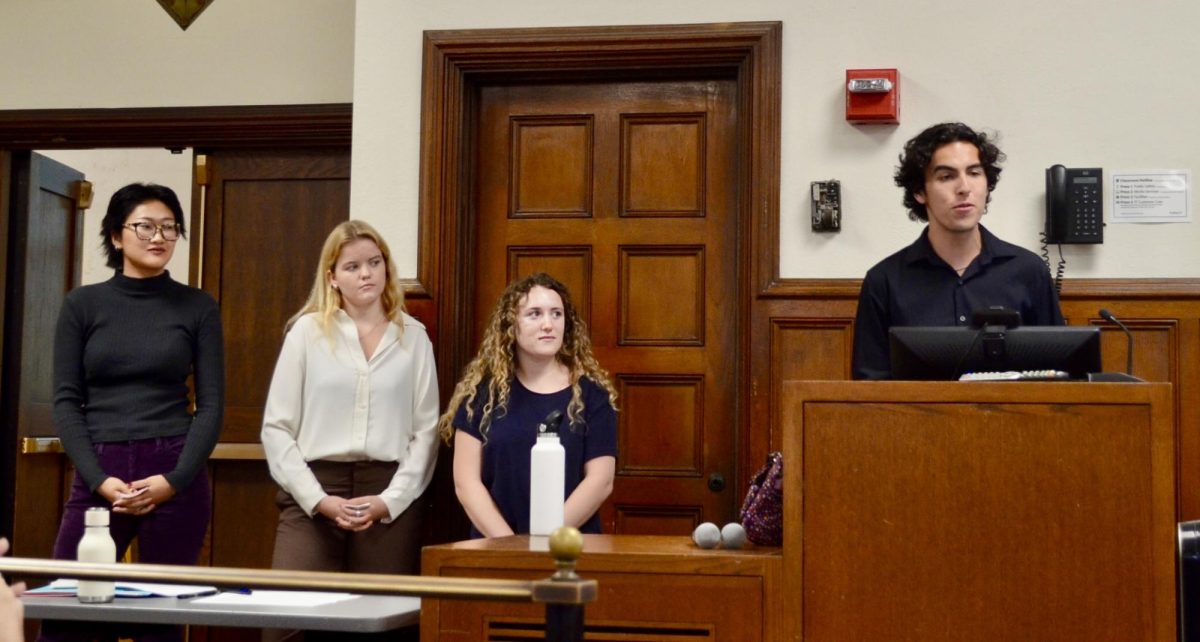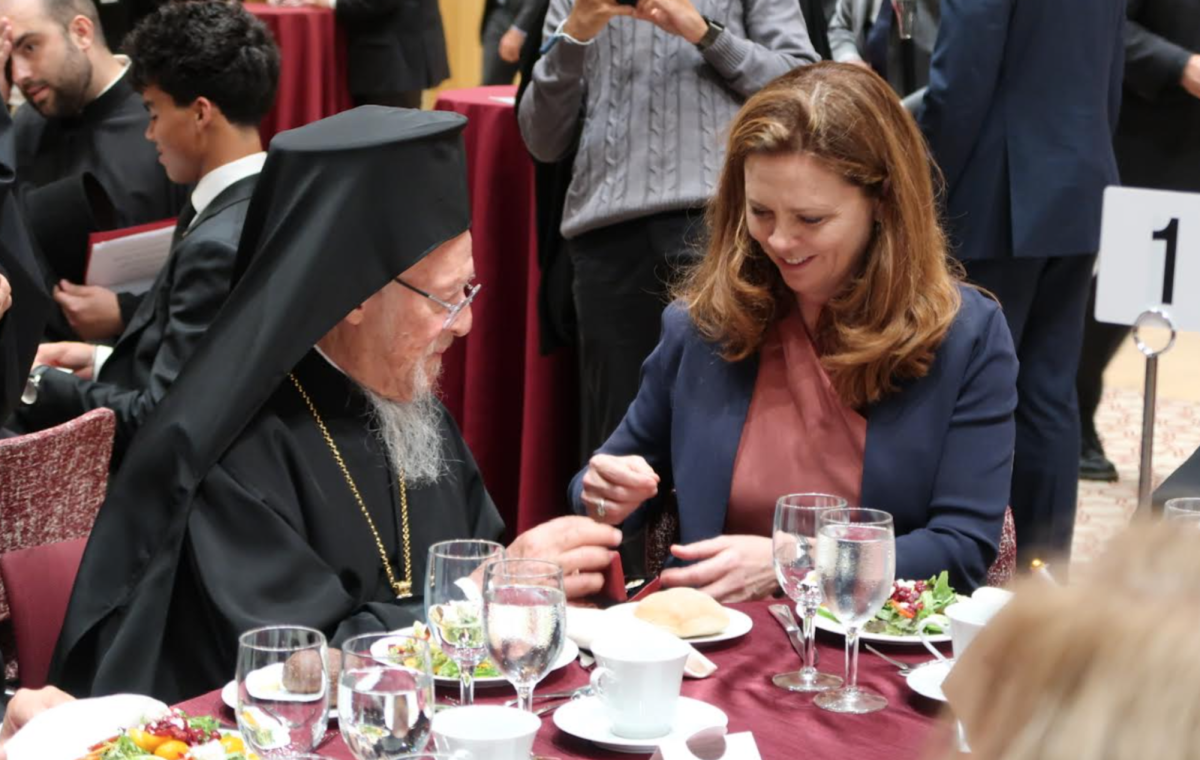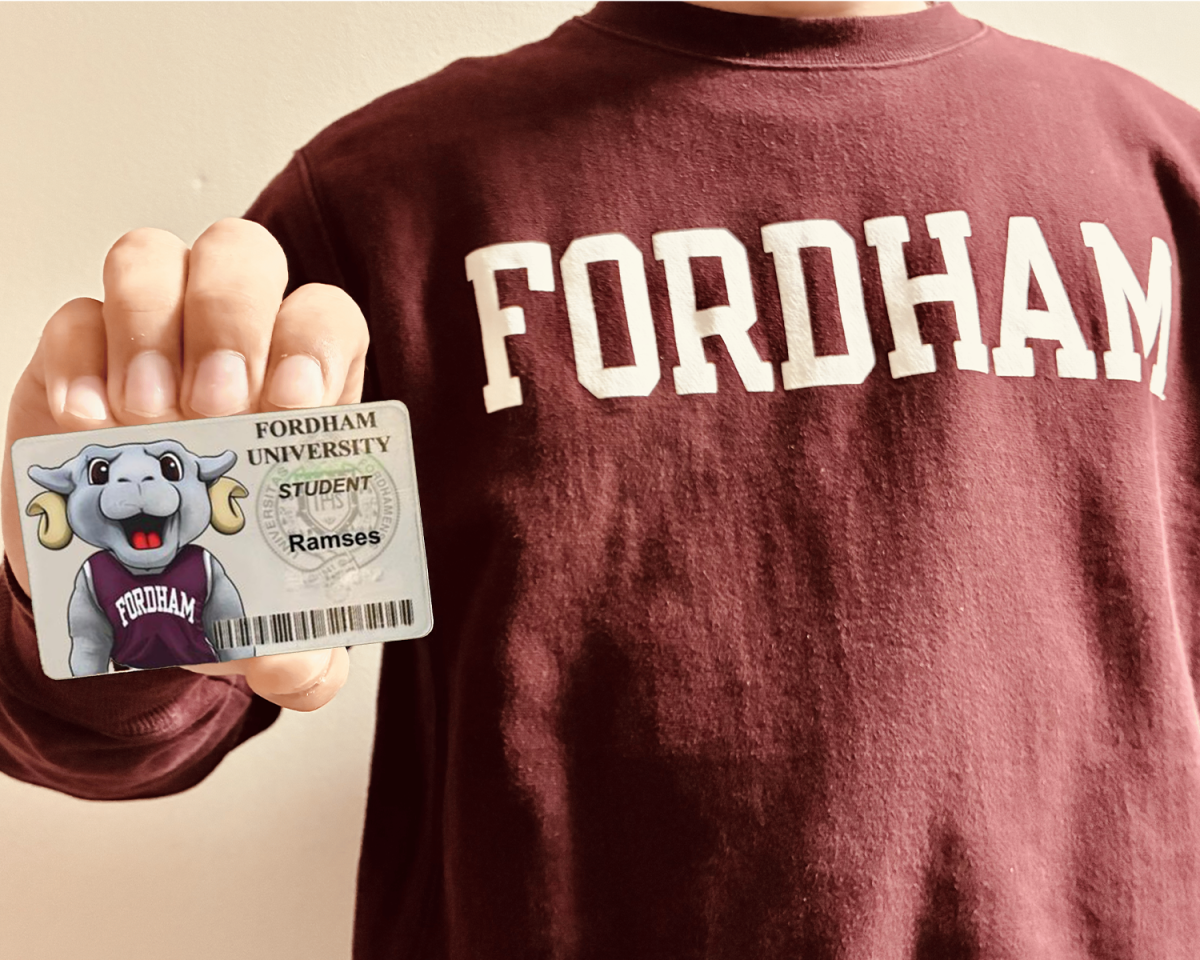At Fordham University’s Rose Hill campus, the math of where to live is never only about square footage. It is about time, community and how quickly a place starts to feel like a life.
For Monika Mukerji, GSB ’29, Martyrs’ Court was not the dream assignment. “First was Loyola [Hall], then it was Loschert [Hall], and I’m pretty sure Martyrs’ Court was our fourth choice, but we got put into that, so it’s okay,” she said.
Surprise turned into acceptance. “I was honestly a bit surprised, but I didn’t mind it. I’m pretty adaptable,” she said.
Mukerji arrived with a preview that many first years do not have. She had dormed at Queen’s Court during a summer program, so communal living was already familiar to her. “When I got in and committed to Fordham, I knew what I was going to experience,” she said.
The first-year basics have done their job for her. “It has the necessities that a freshman needs for their first year. It has enough closet space, it has a desk, a bed,” she said.
If Martyrs’ rooms are tighter and the stairs are narrow, the trade-offs are predictable comforts. “There are two bathrooms on our floor, so it’s nice to decide which one to go to,” Mukerji said.
The dorm’s laundry room has been “spacious” and “working smoothly,” though she added the basement trip is “quite of a walk.” She has heard friends share rumors about bugs and complain about the lack of elevators and her verdict is the same. “As a freshman, living at Martyrs’ Court isn’t so bad,” she said.
A few blocks from campus, Michael Pontecorvo, FCRH ’27, is living a different lifestyle. He stayed on campus for two years, including his first year at Loyola, in the Integrated Learning Community. Sophomore year brought a private bathroom in Finlay Hall and a mixed community of class years.
That mix hinted at what he would value most off-campus as a junior. Space, control and adult rhythms rose to the top. “Kind of just having my own kitchen in a single, I think, is something that stands out to me,” Pontecorvo said. One big tradeoff, though, is time. “It does take longer to get to the gym sometimes or to classes, and it is kind of weighing what you do value more,” he said.
With extra autonomy came a new daily lifestyle. “Your rhythm of life begins to evolve more around an entity that isn’t on campus,” Pontecorvo said. “I think it’s more deliberate now when I see a lot of my friends … because I don’t live in the same building as my entire friend group, it’s much harder to see them now.”
Pontecorvo is pretty frank about the value proposition. “Oftentimes it is cheaper, or if not cheaper, rather quality of life to price is better off campus than on campus,” he said.
The comparison can sting for friends who are still in the dorms. “It does kind of evidence the disparity between the amount that you pay and where your money might be going,” Pontecorvo said.
Back inside Alumni Court South, Tristan Moore, FCRH ’28, a Resident Assistant (RA), sees both the learning curve and the load-bearing work that make first-year housing function.
He started in the Resident Housing Association, then became an RA because he loved building programs and community. “It is a job, and you need to be taking it as a priority,” he said. The invisible hours stack up fast. “The three things that definitely take the most time is these bulletin boards that we’re required to do … The main programs take up a lot of time … Then being on duty is definitely taking up a lot of the time.” RAs receive free housing, but there is still work to get done.
Moore sees how quickly small frictions scale when 25 people share a floor. “The laundry is a completely different beast,” he said, recalling a week when “four of our dryers have just completely gone out,” which “causes all these other backups that you just wouldn’t see with off-campus [housing].”
Bathrooms, by contrast, tend to stay orderly. “It’s one of those areas where it’s cleaned basically every day by the maintenance,” he said.
Moore is also clear about what makes first-year dorms matter. Lounges can shape friendships. A single lounge, as is the case in Loyola Hall, “kind of brought people closer together.”
Multi-floor lounges, such as those in Alumni Court South, create “sections of communities” with their own distinct identities. And when the budget tightens, the programs that bring new students to the campus can suffer.
“We get $300 a semester, and I don’t think that’s enough for the programs that I want to put on,” Moore said. “If we invested more budget into these freshmen dorms … we would see better returns on these freshmen coming back in their sophomore year [and] fewer … transfers because they just had such a good experience.”
Seen together, the first-year double and the junior studio are not opposites. They’re different chapters. Mukerji wants to stay on campus next year and keep the number of students small. “I think I will stick to max three roommates,” she said.
Pontecorvo is content with a kitchen, a longer walk and a schedule that requires intention. “There is the social aspect, there’s the ease of living,” he said of the dorms. But he said for now, “for what I was looking for, this option made sense.”

